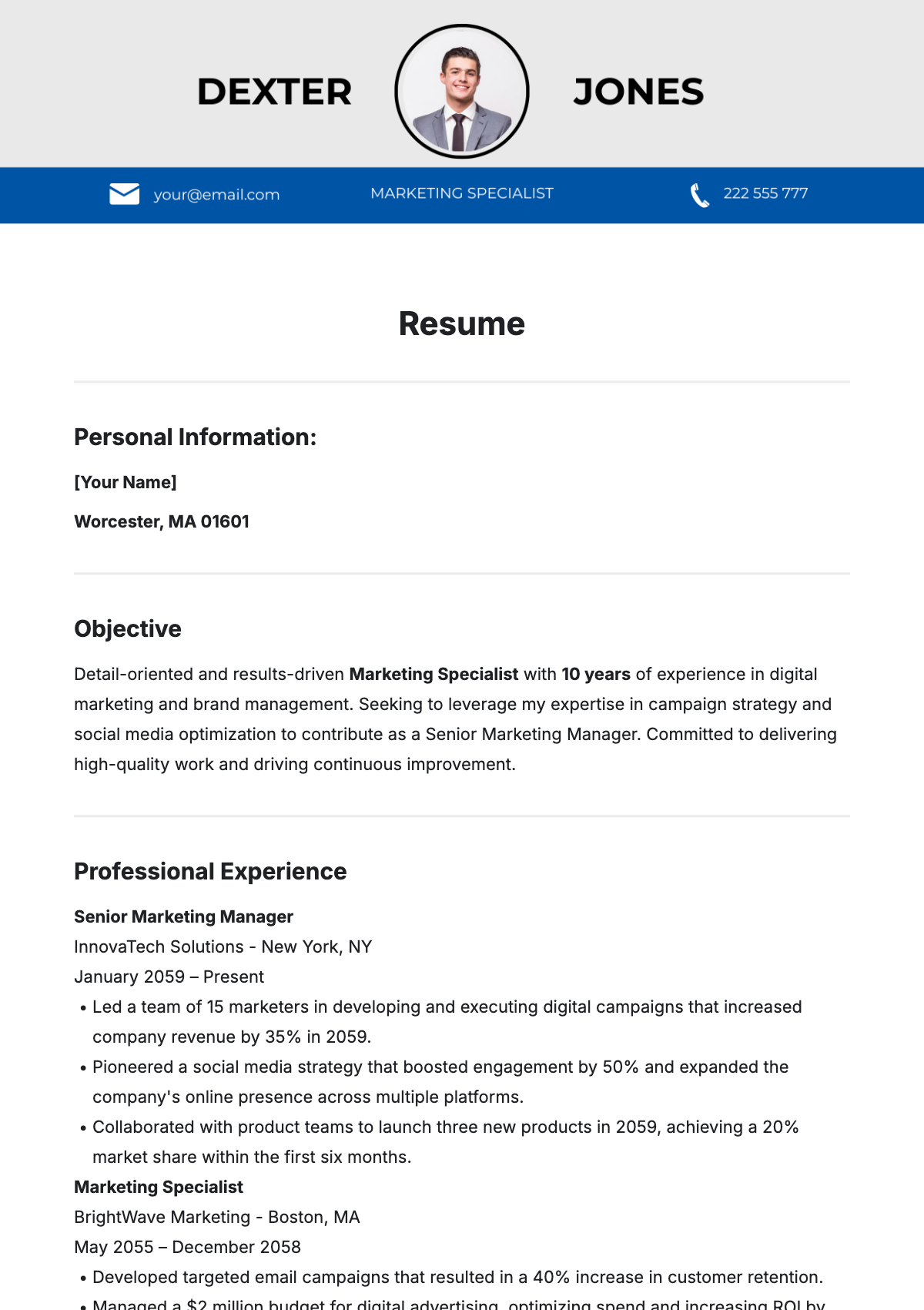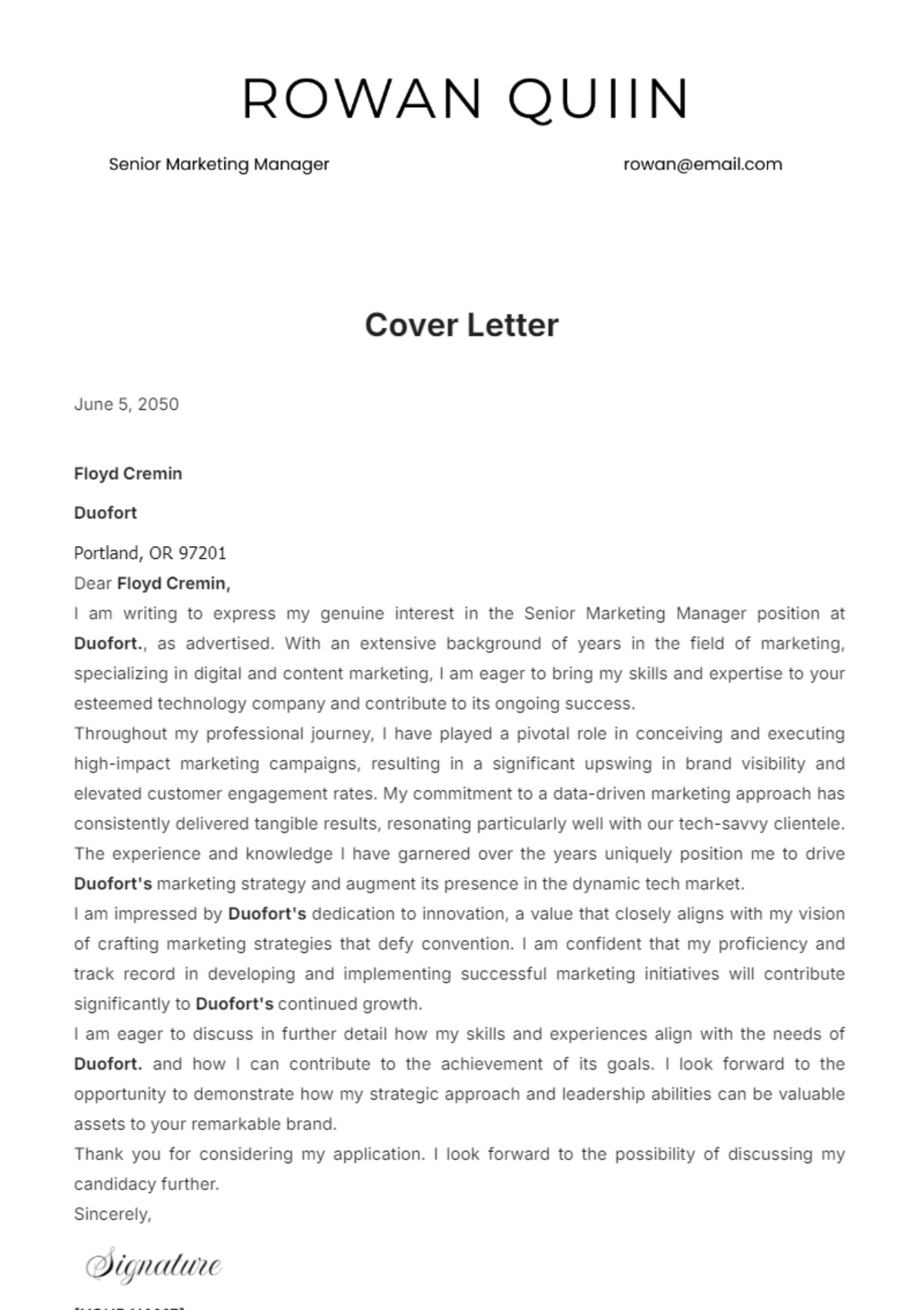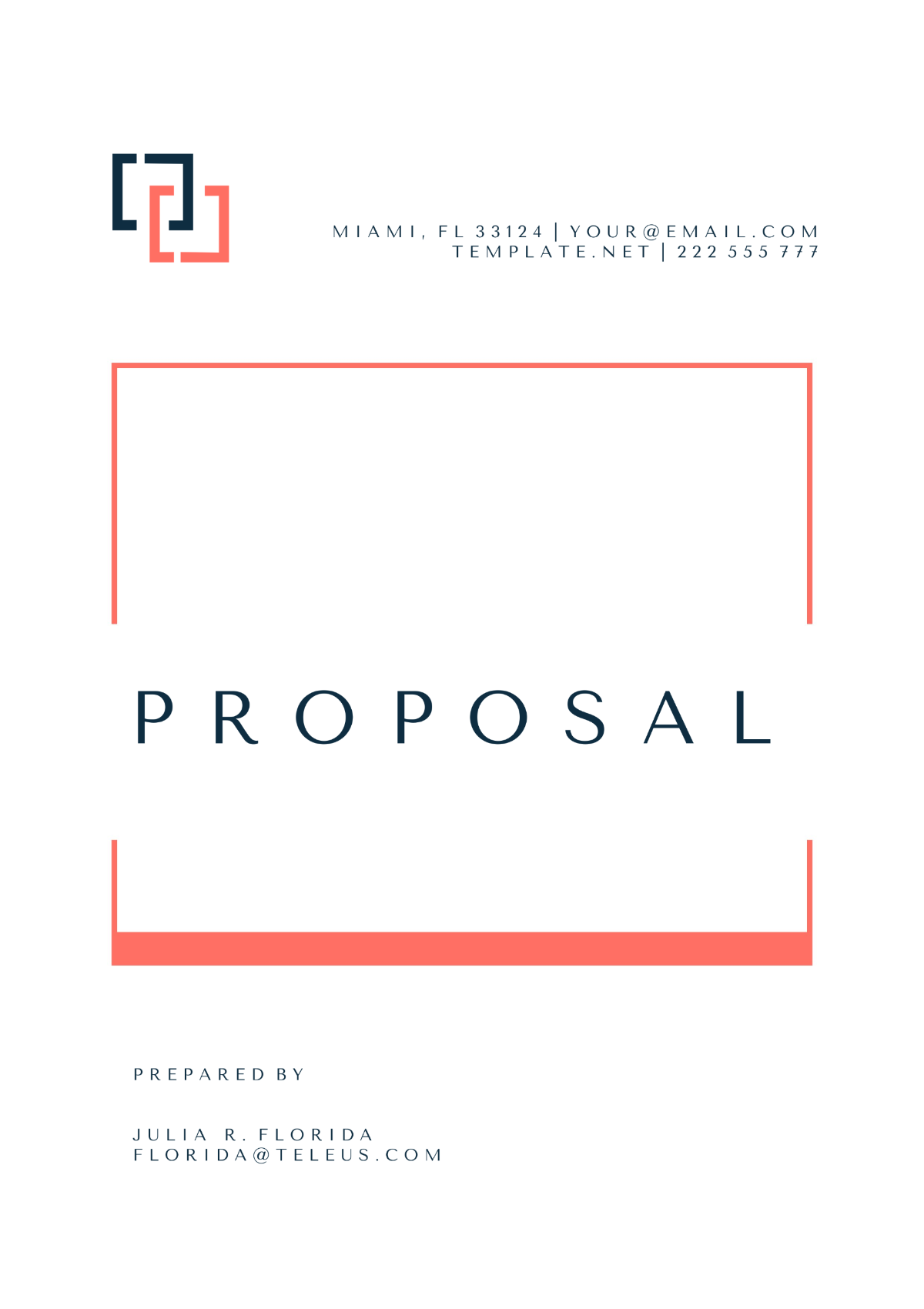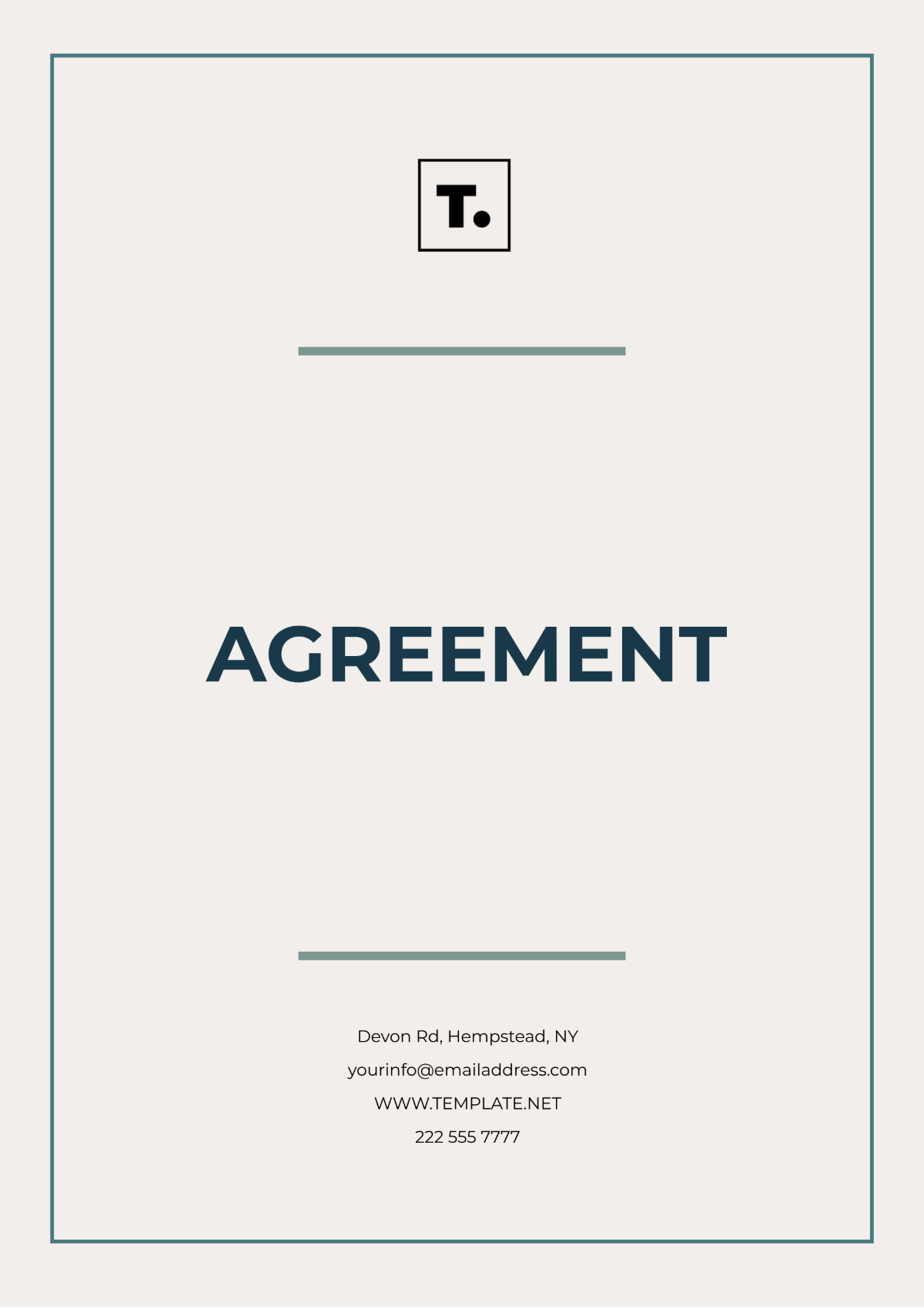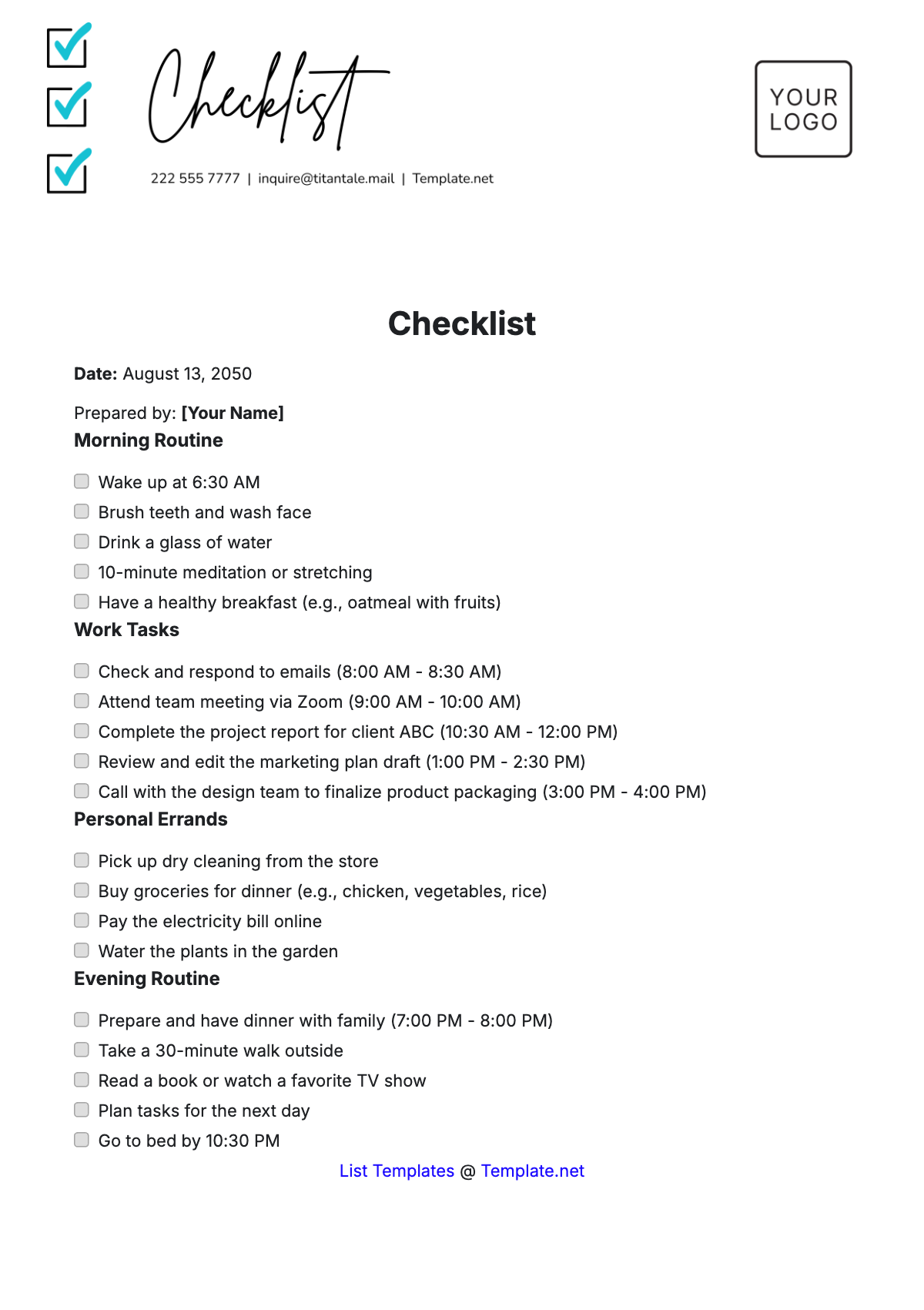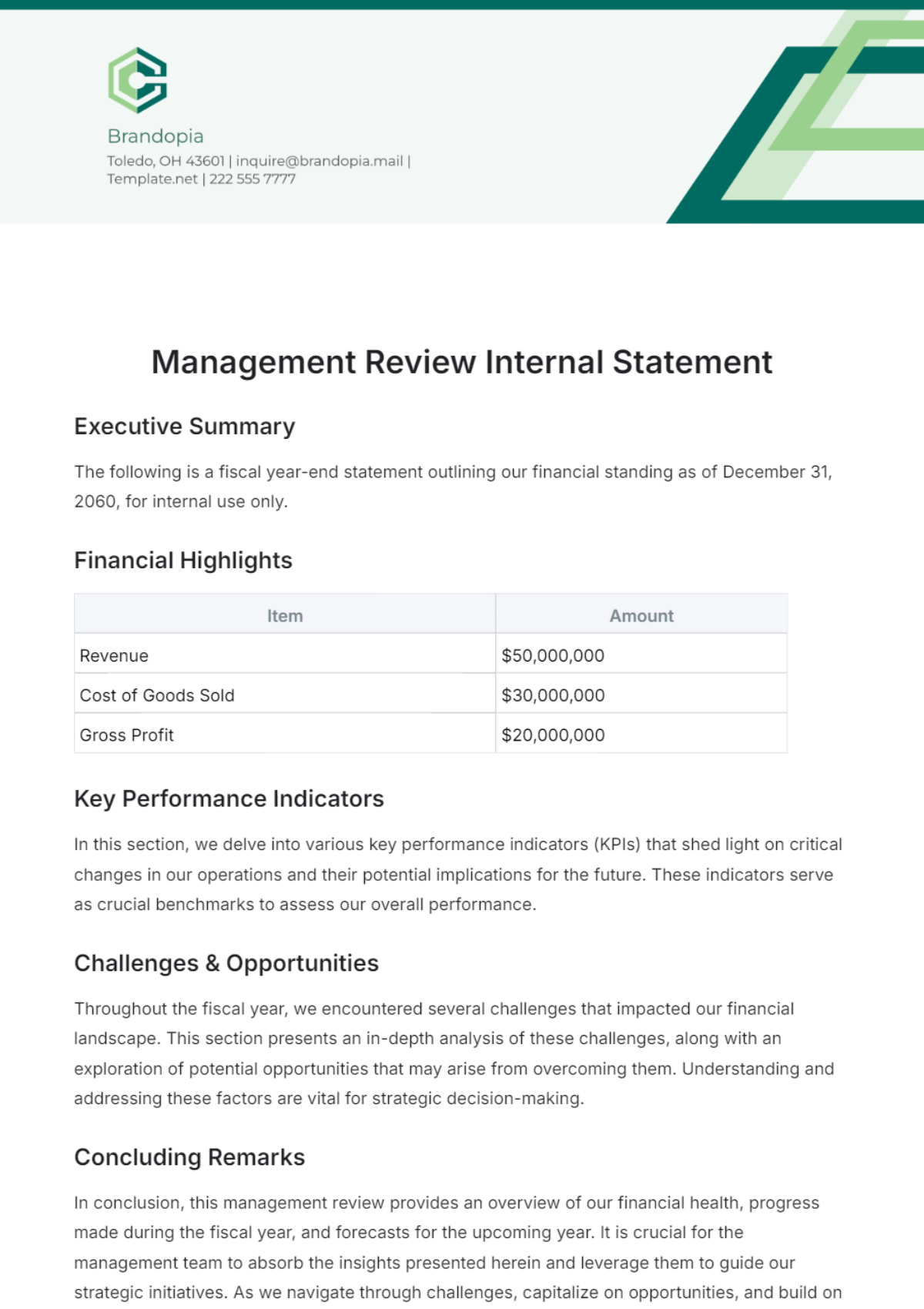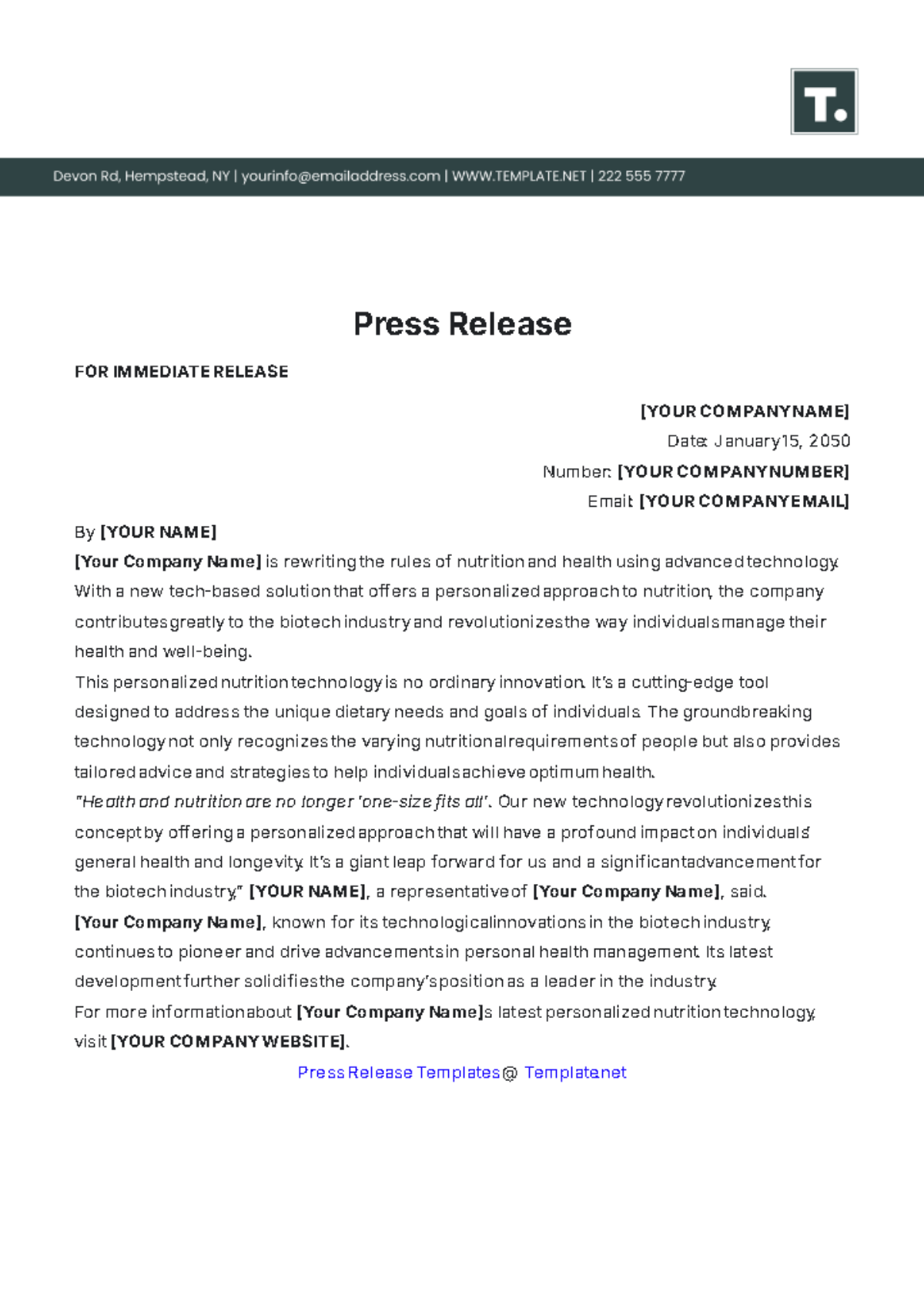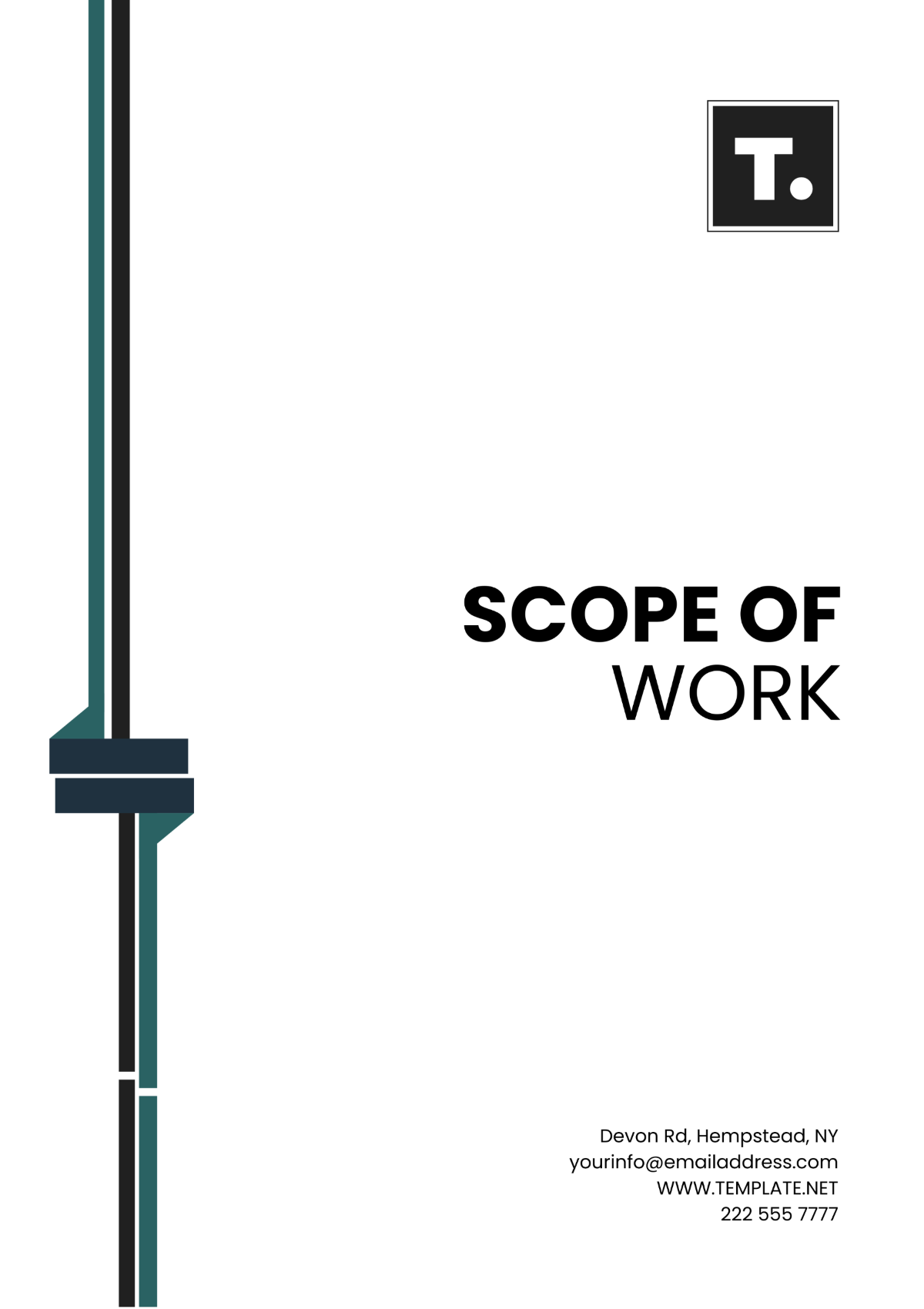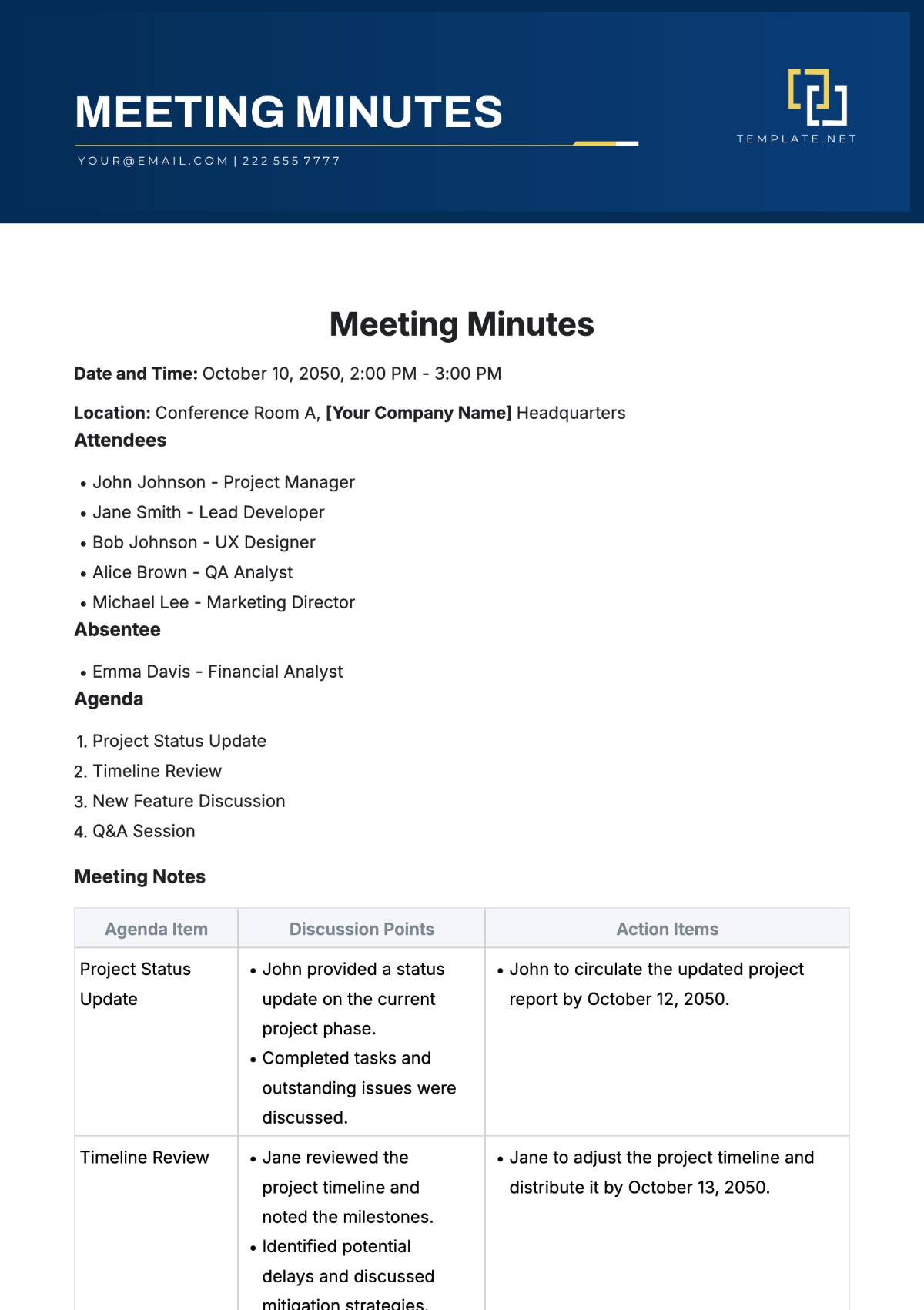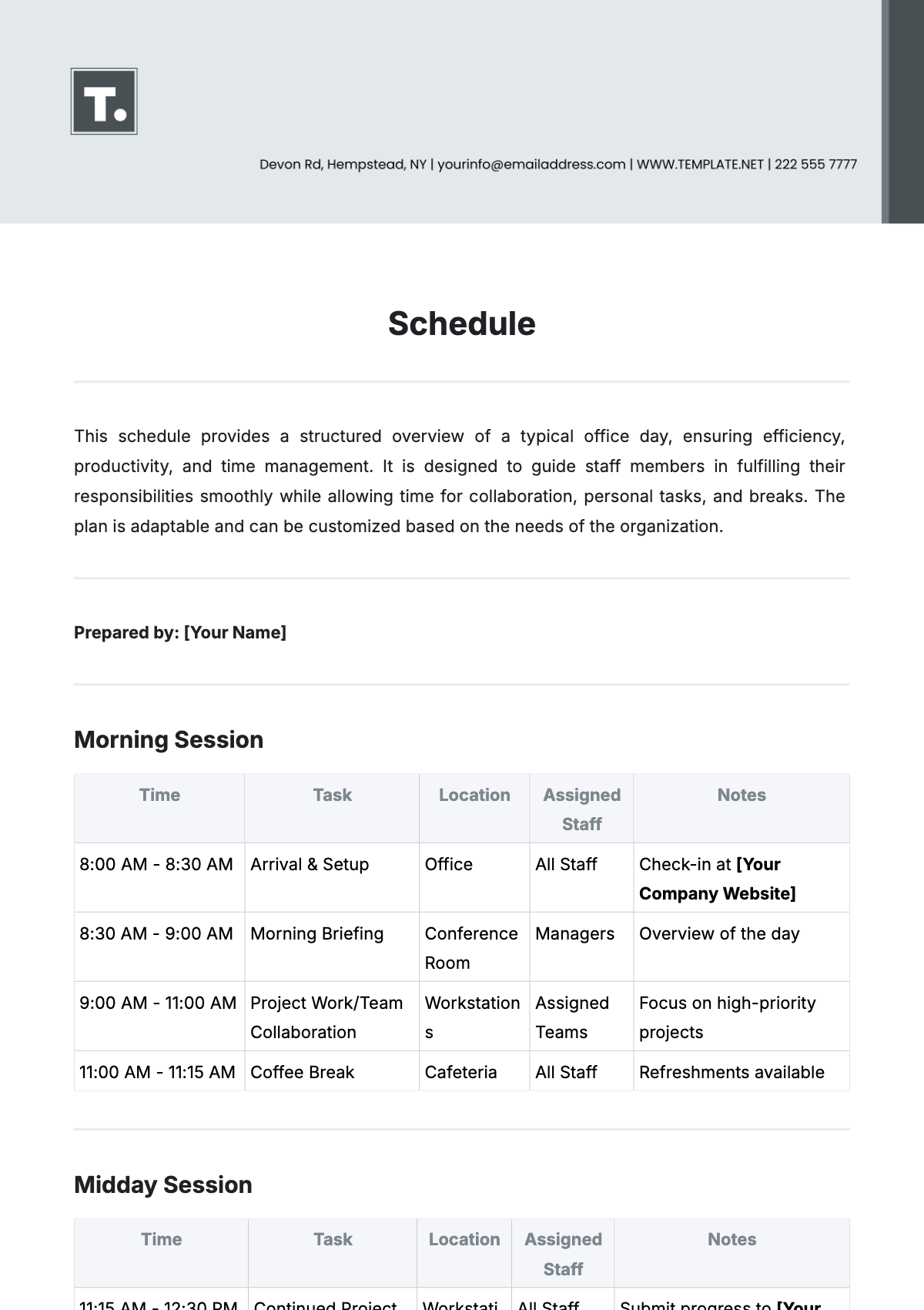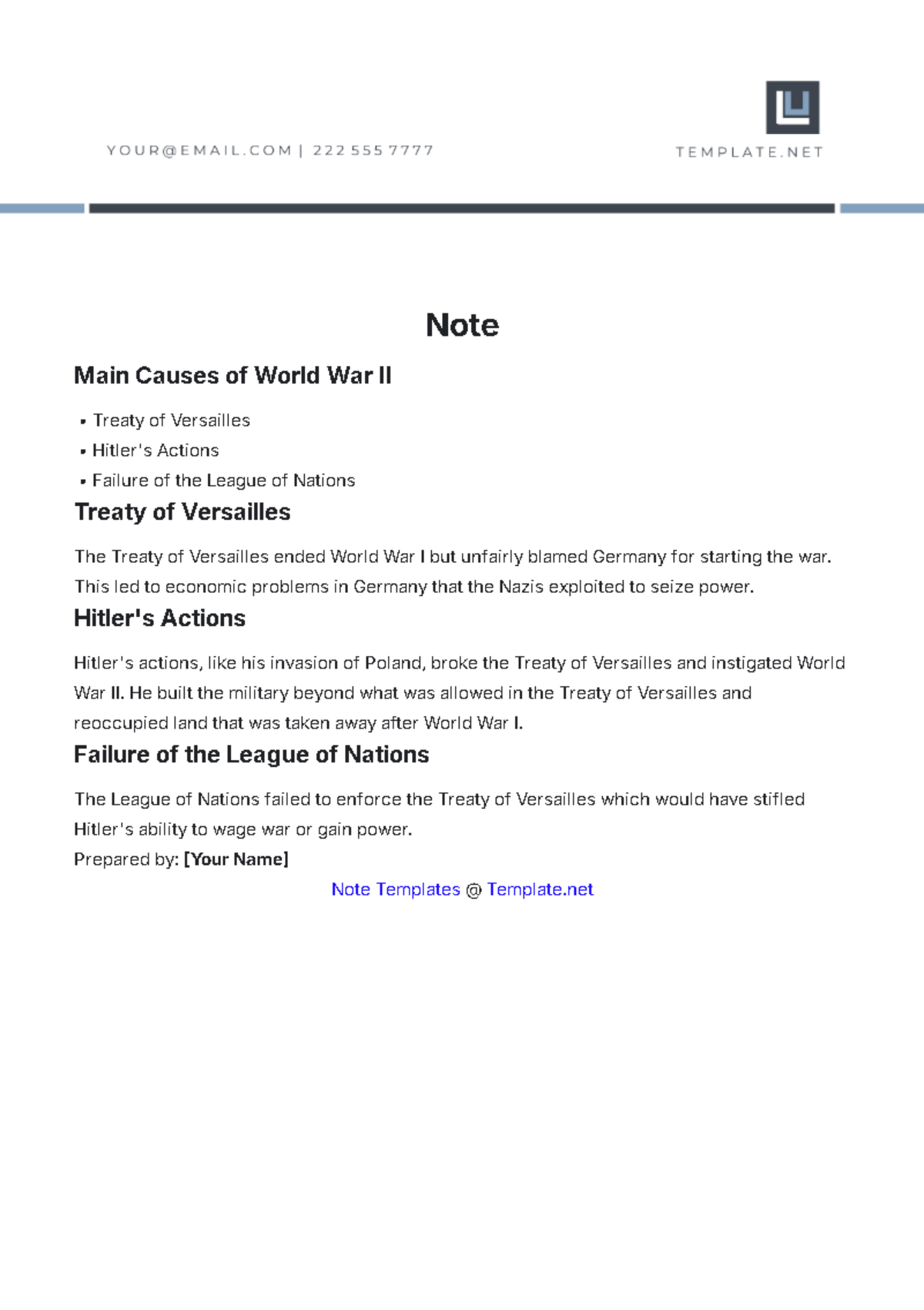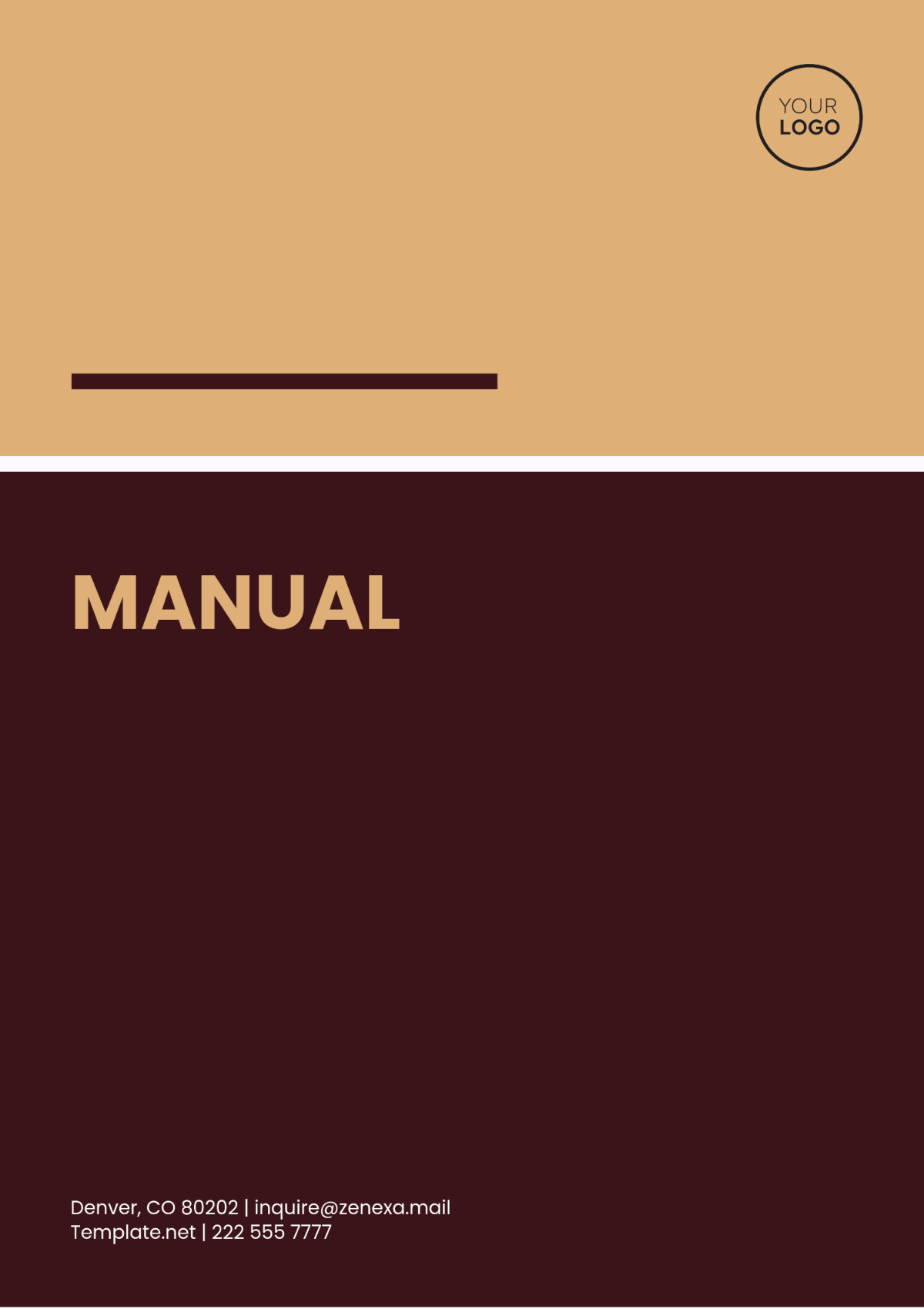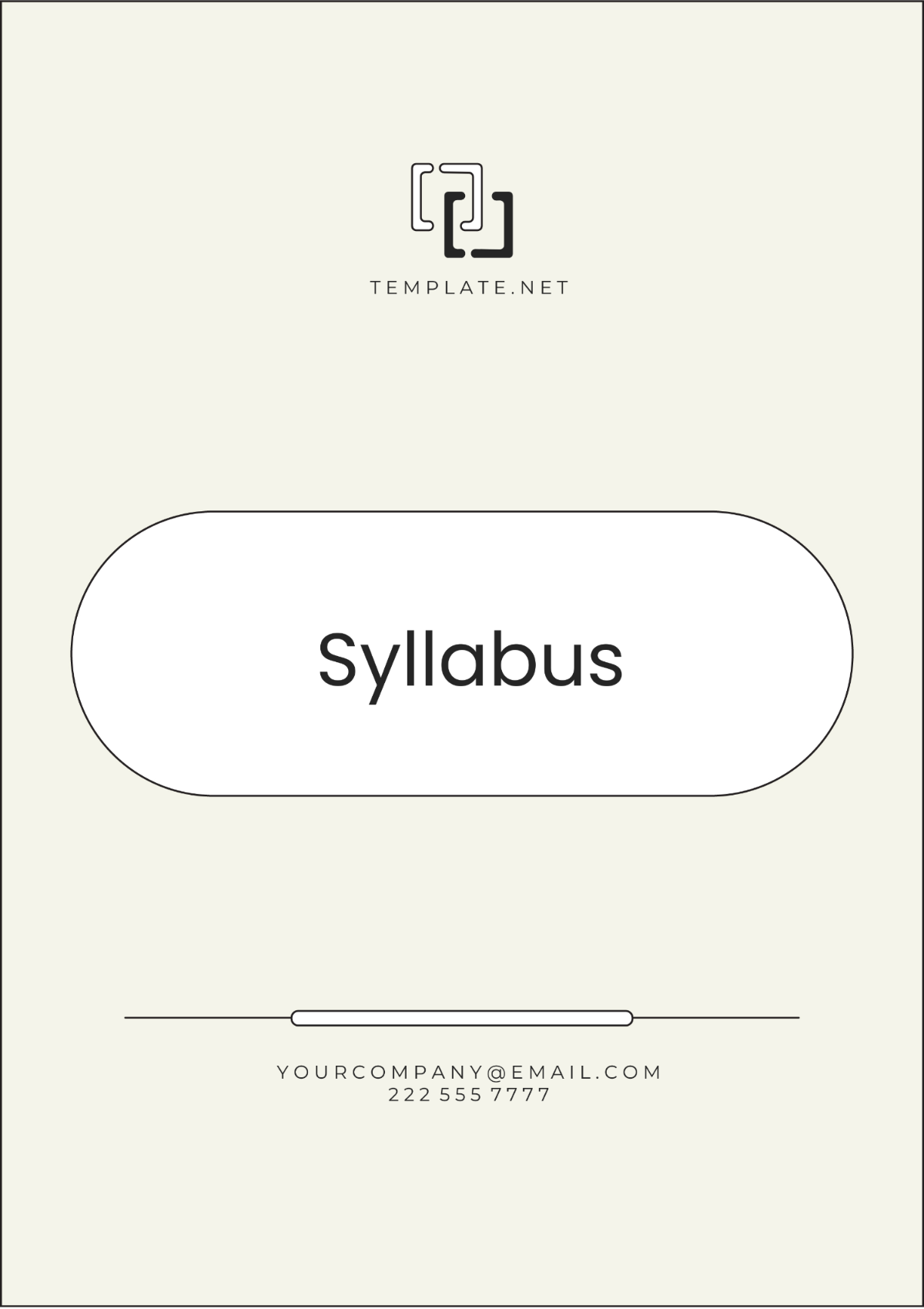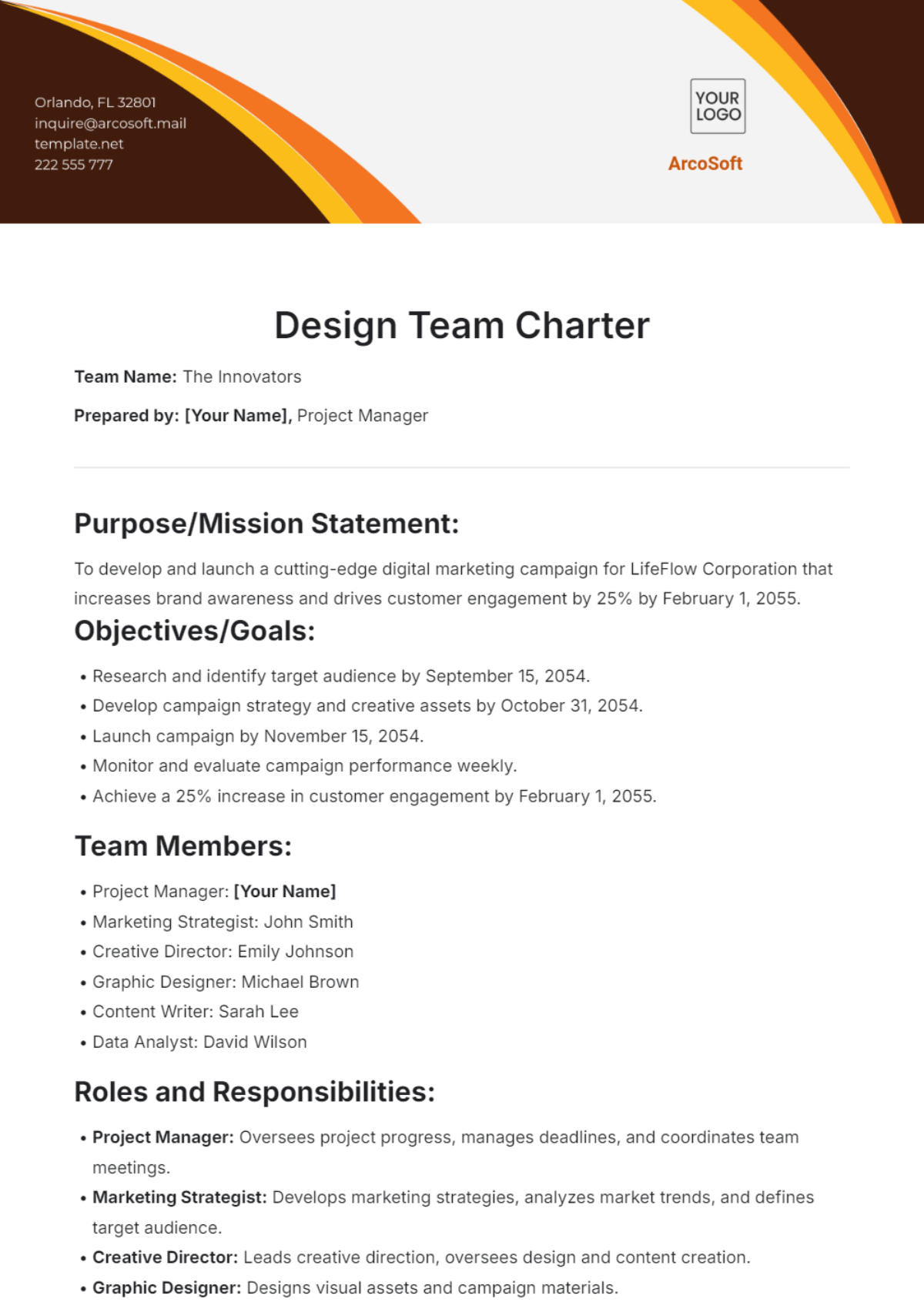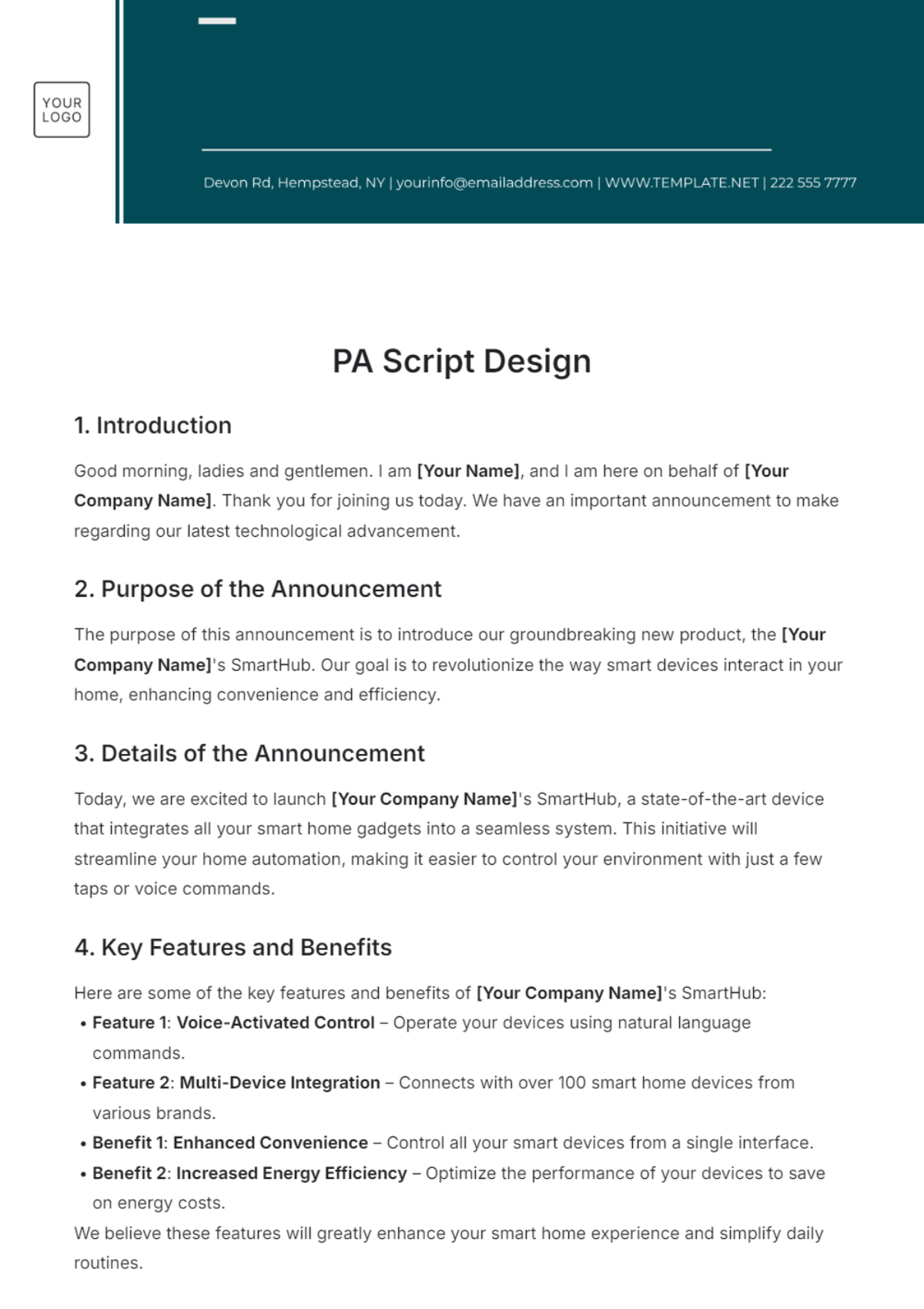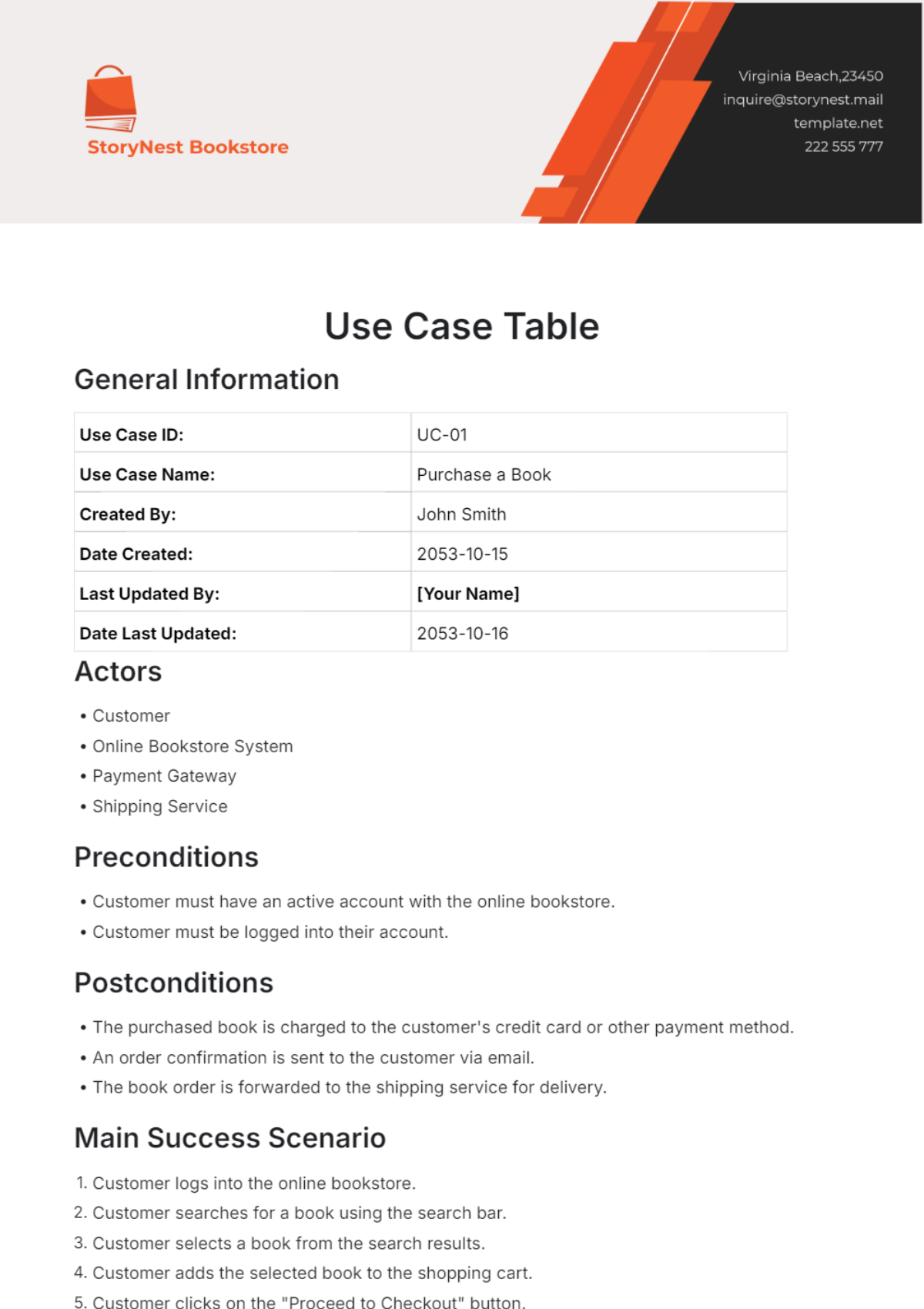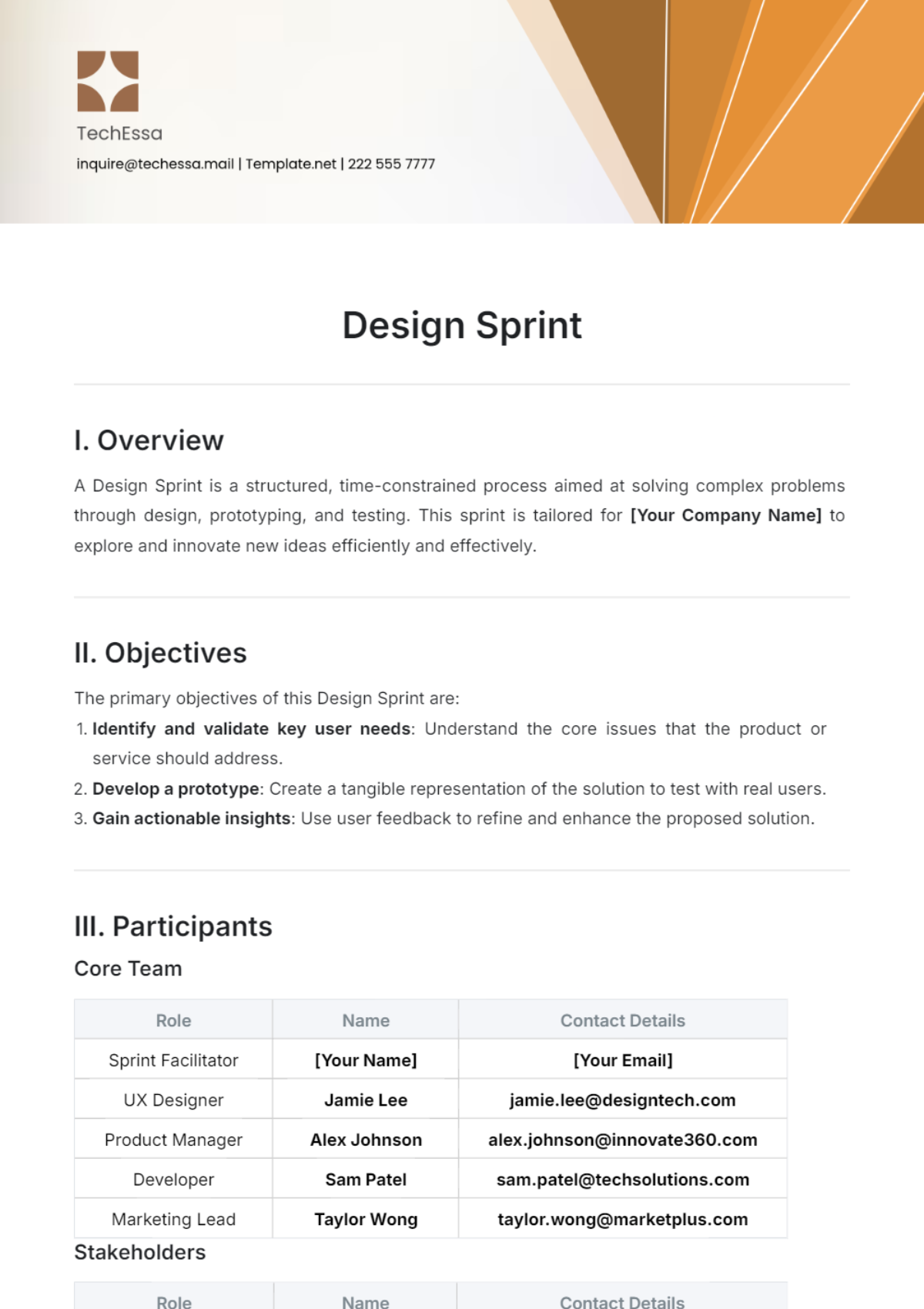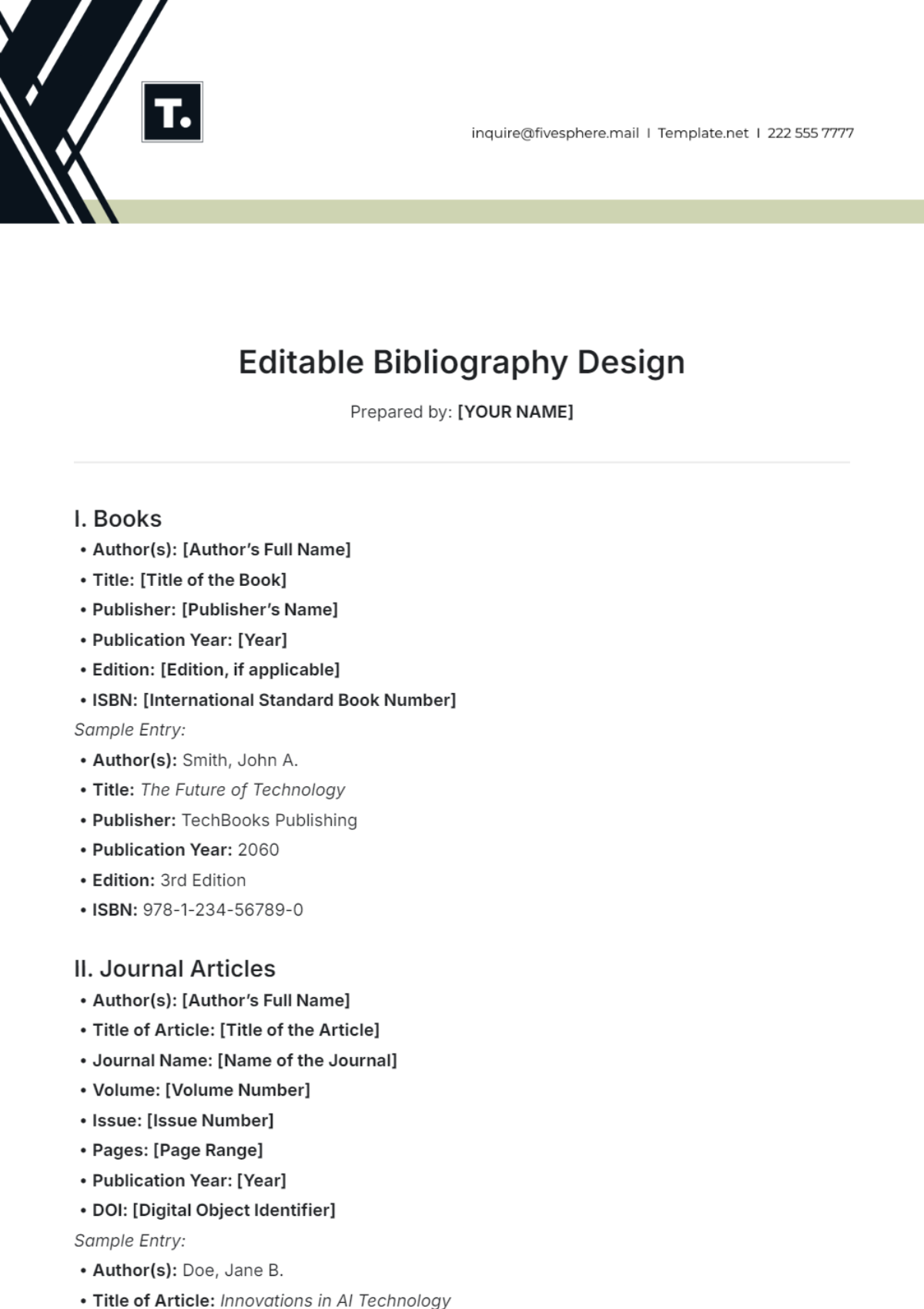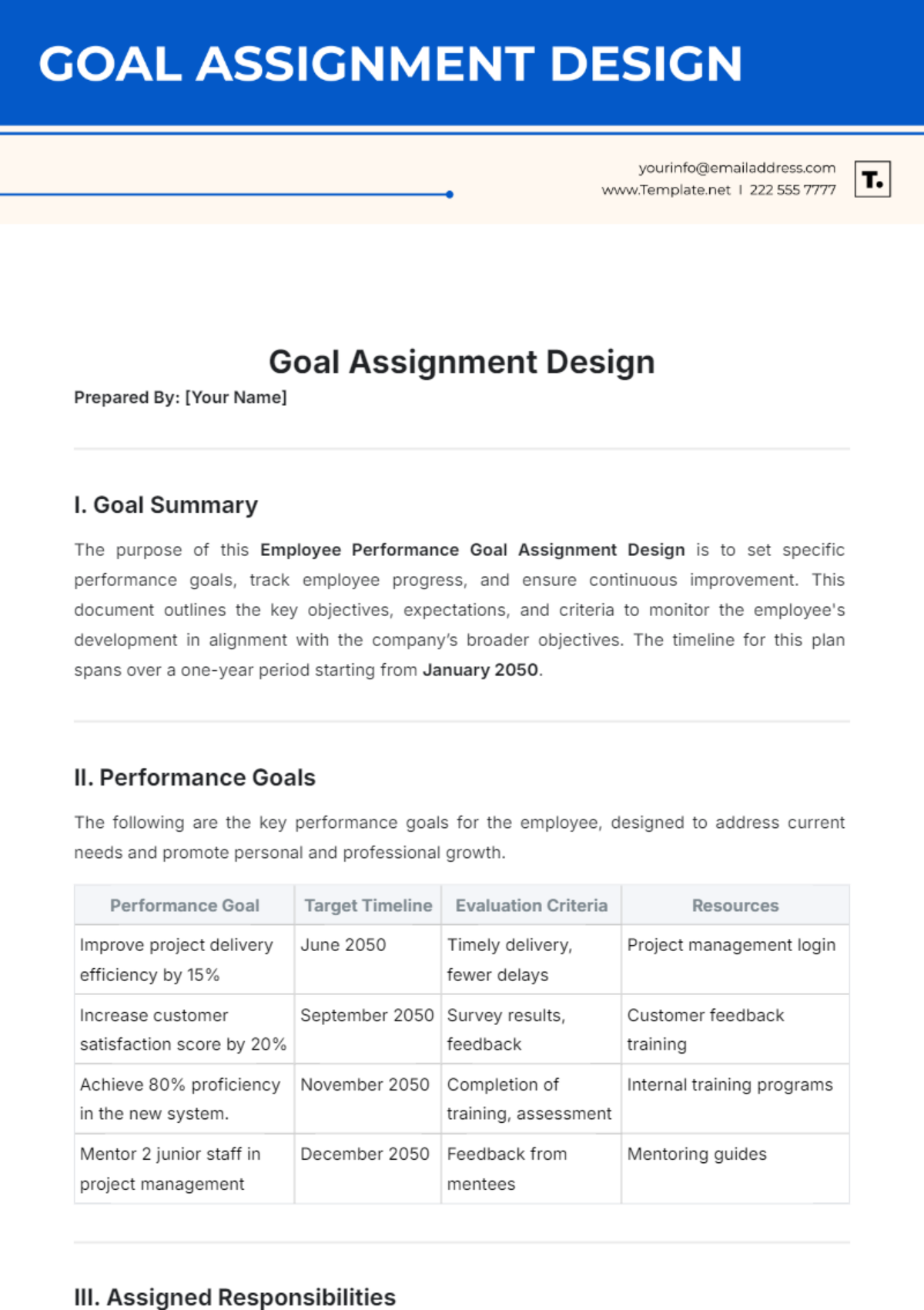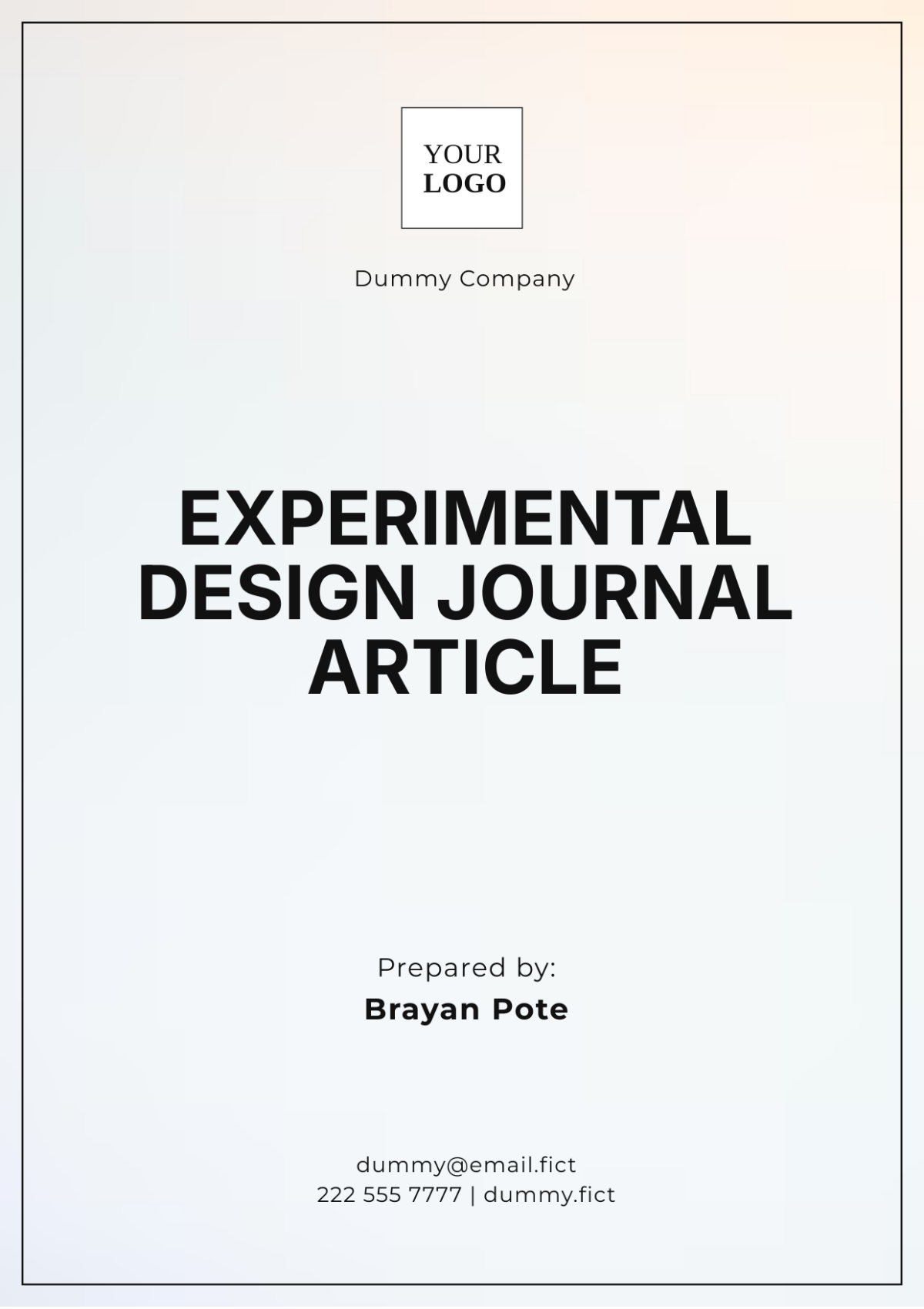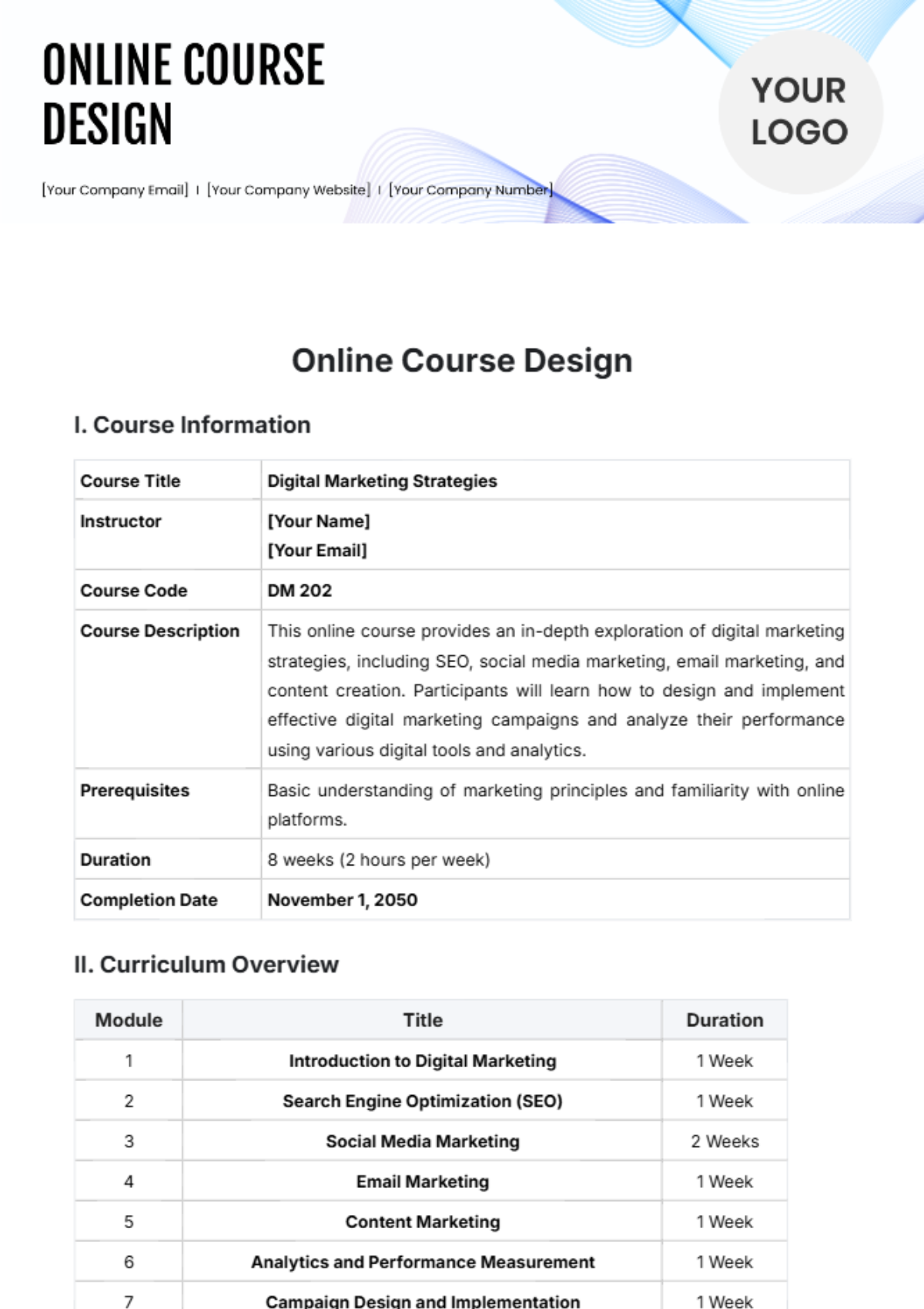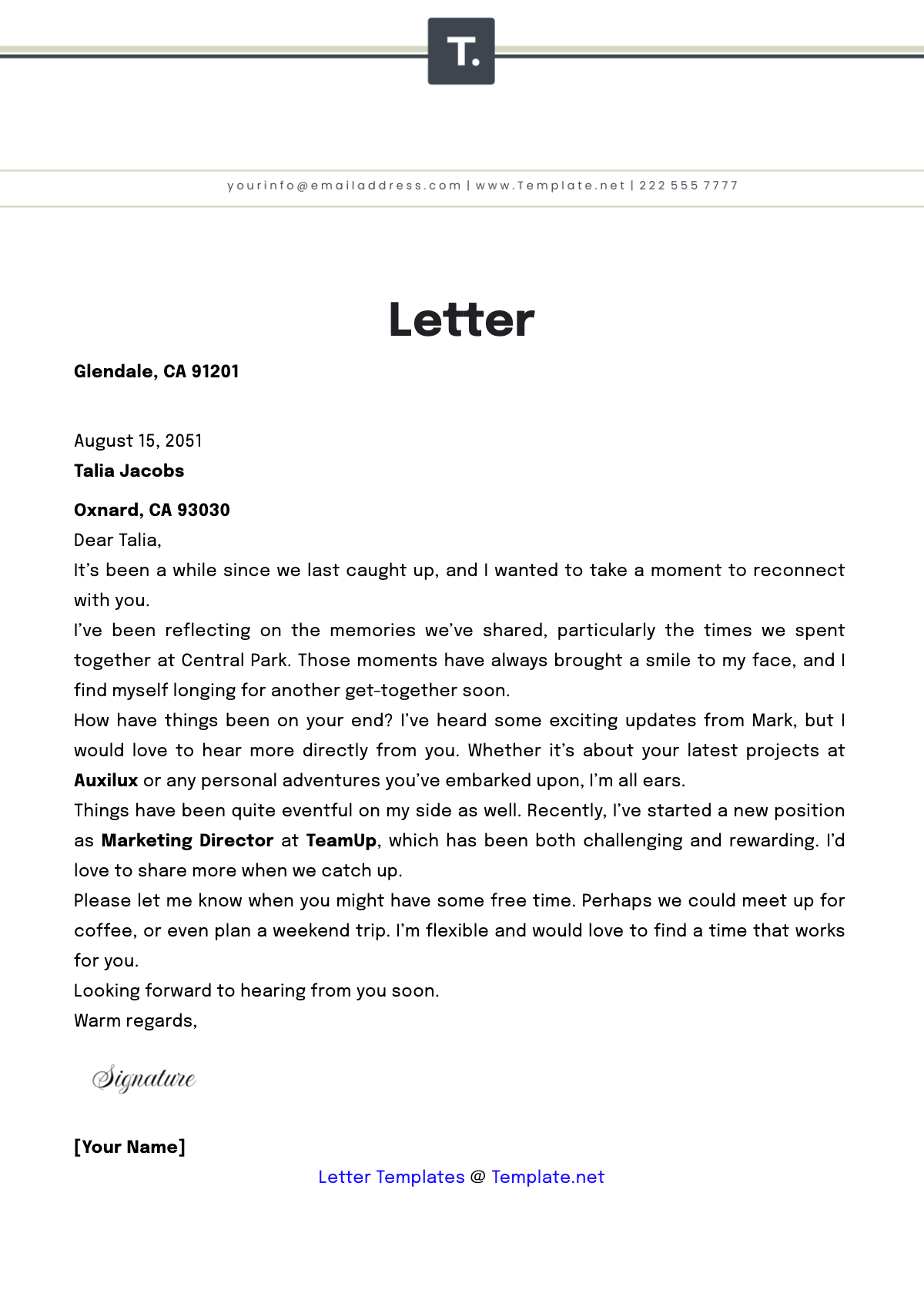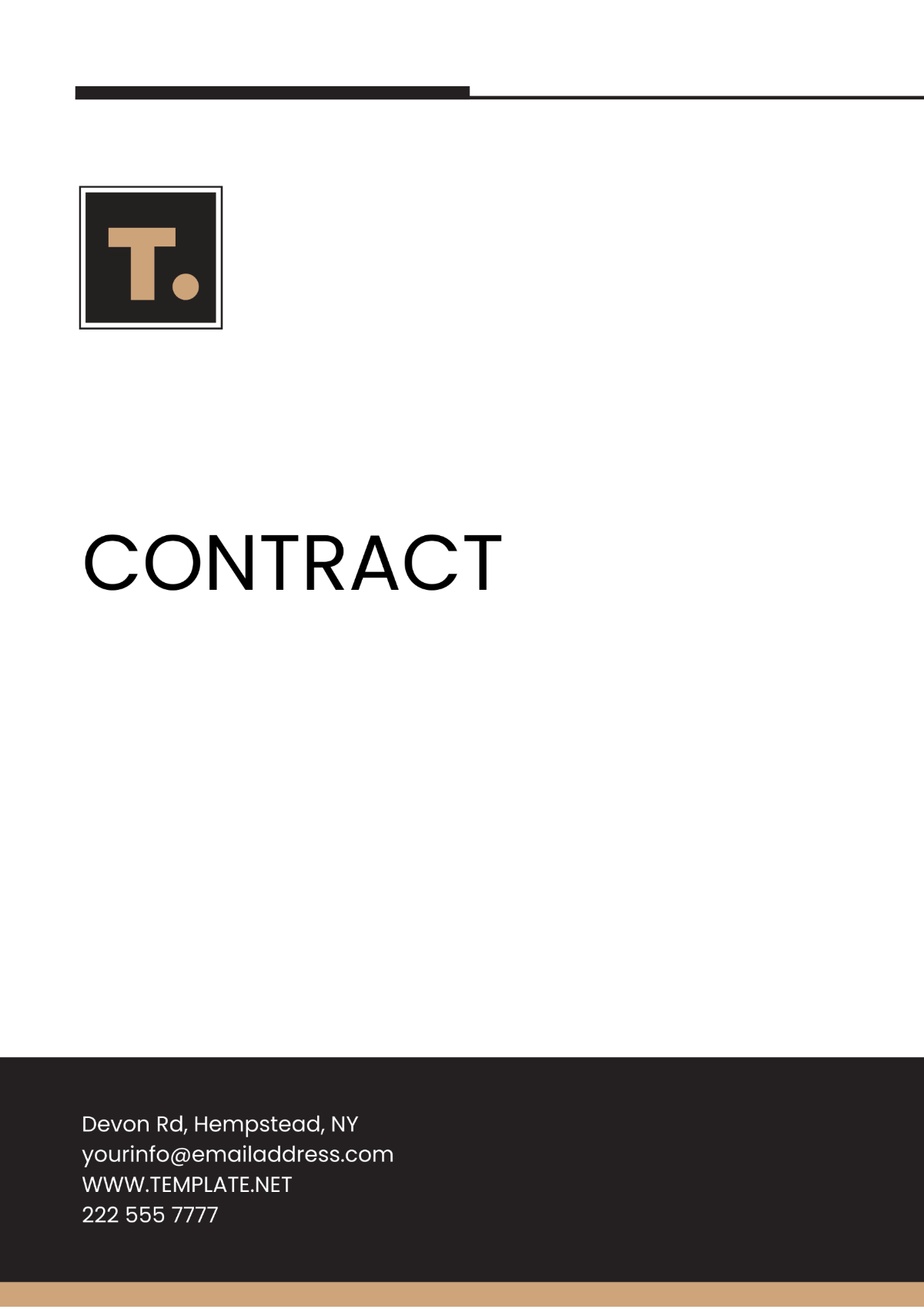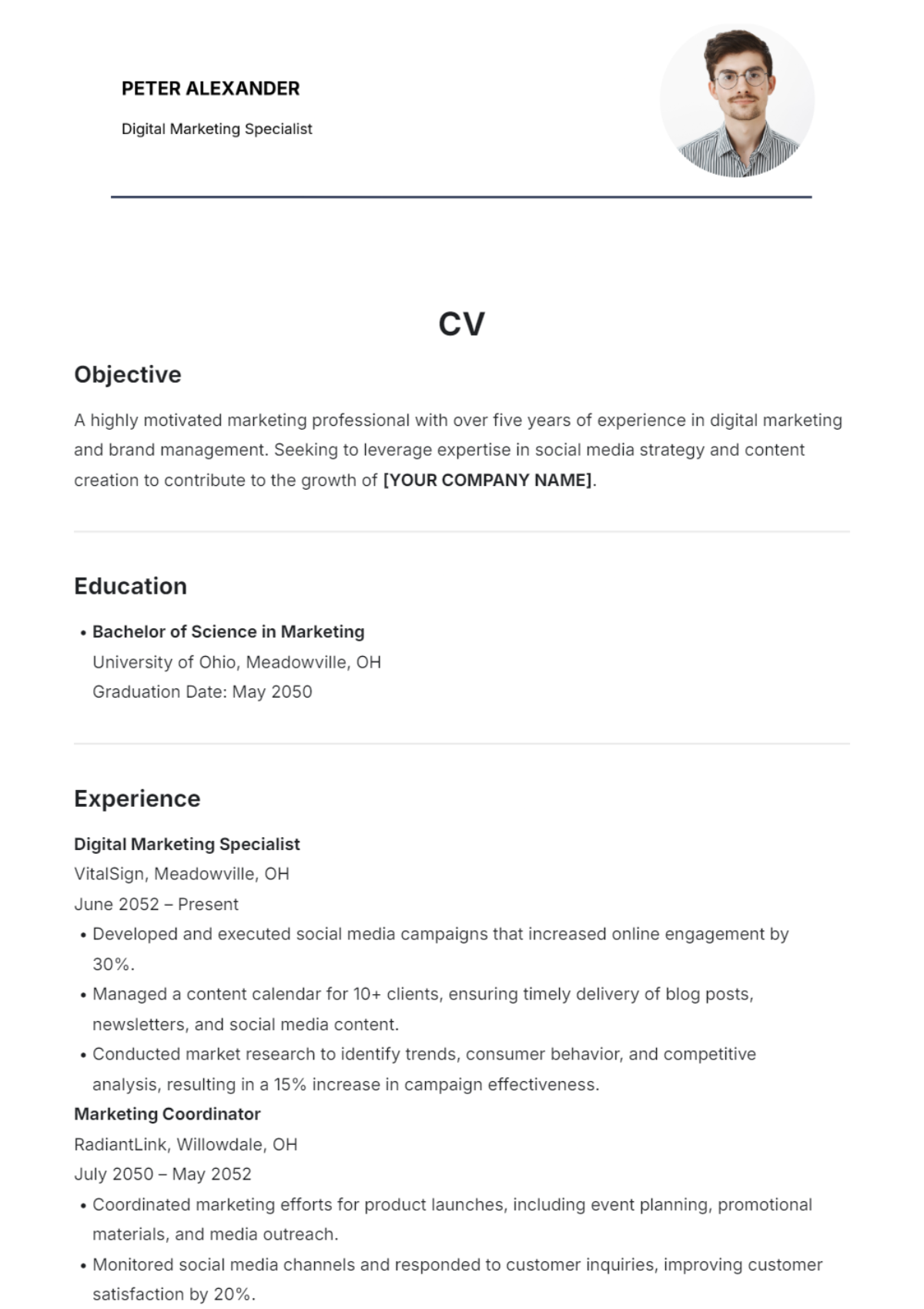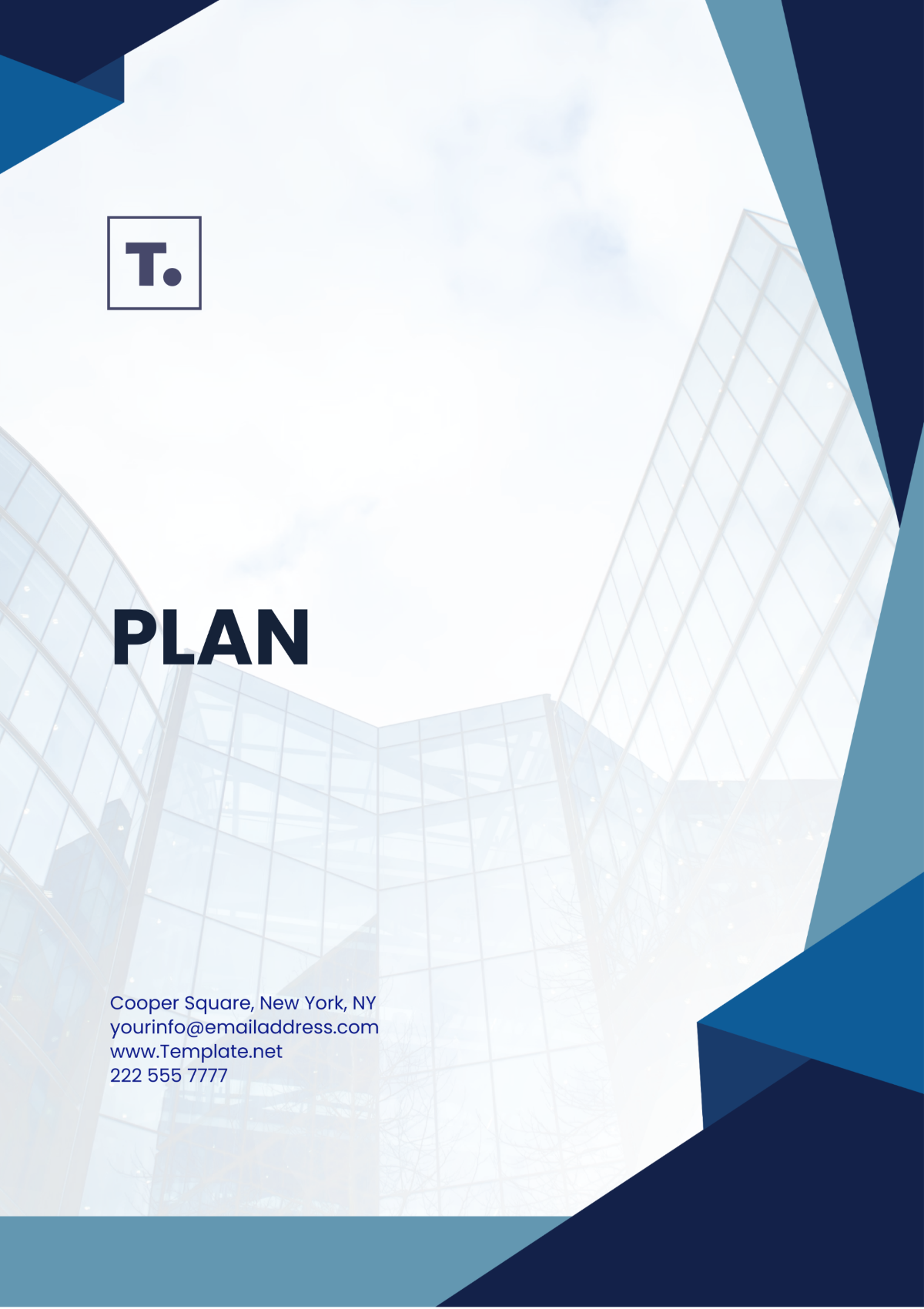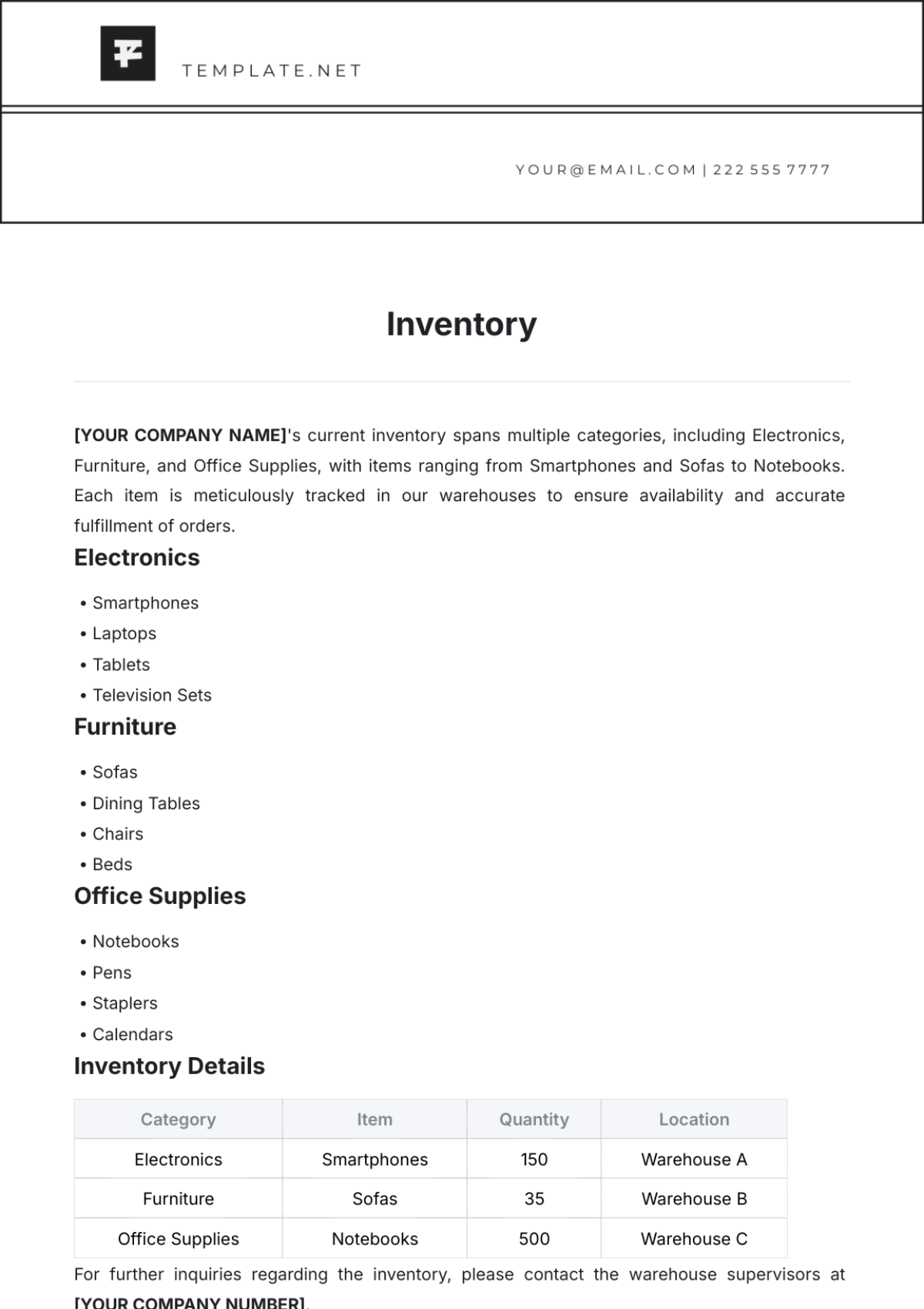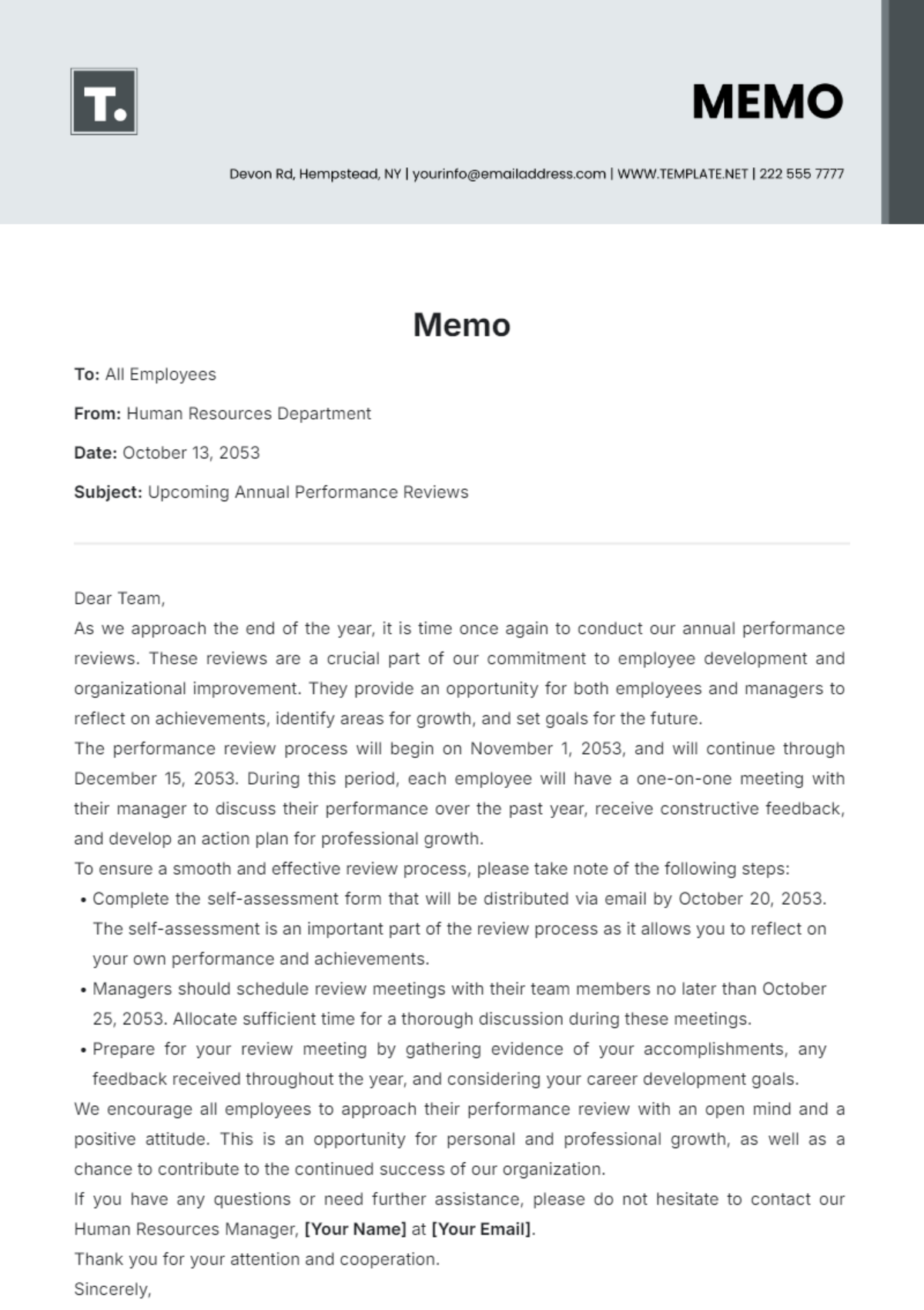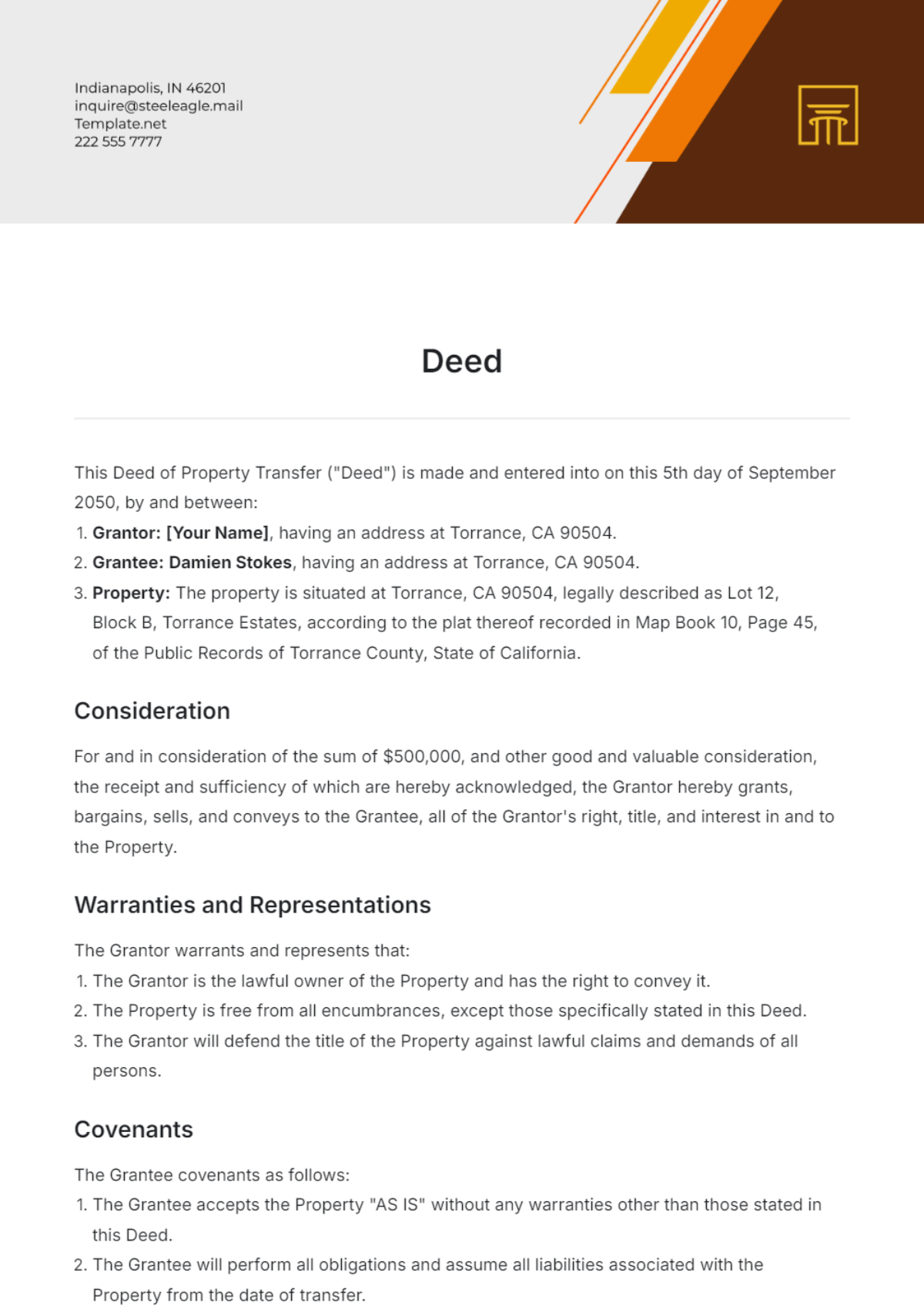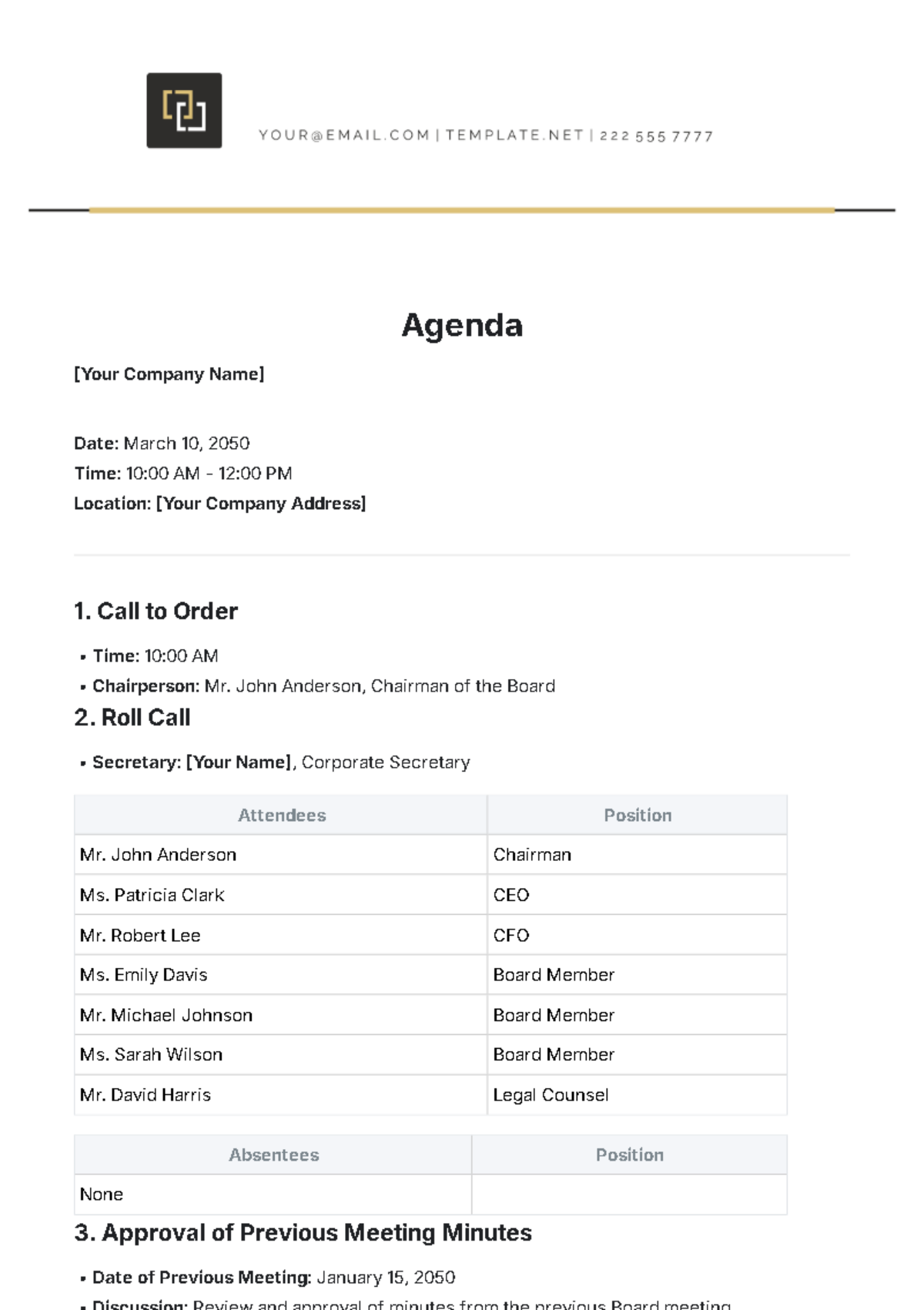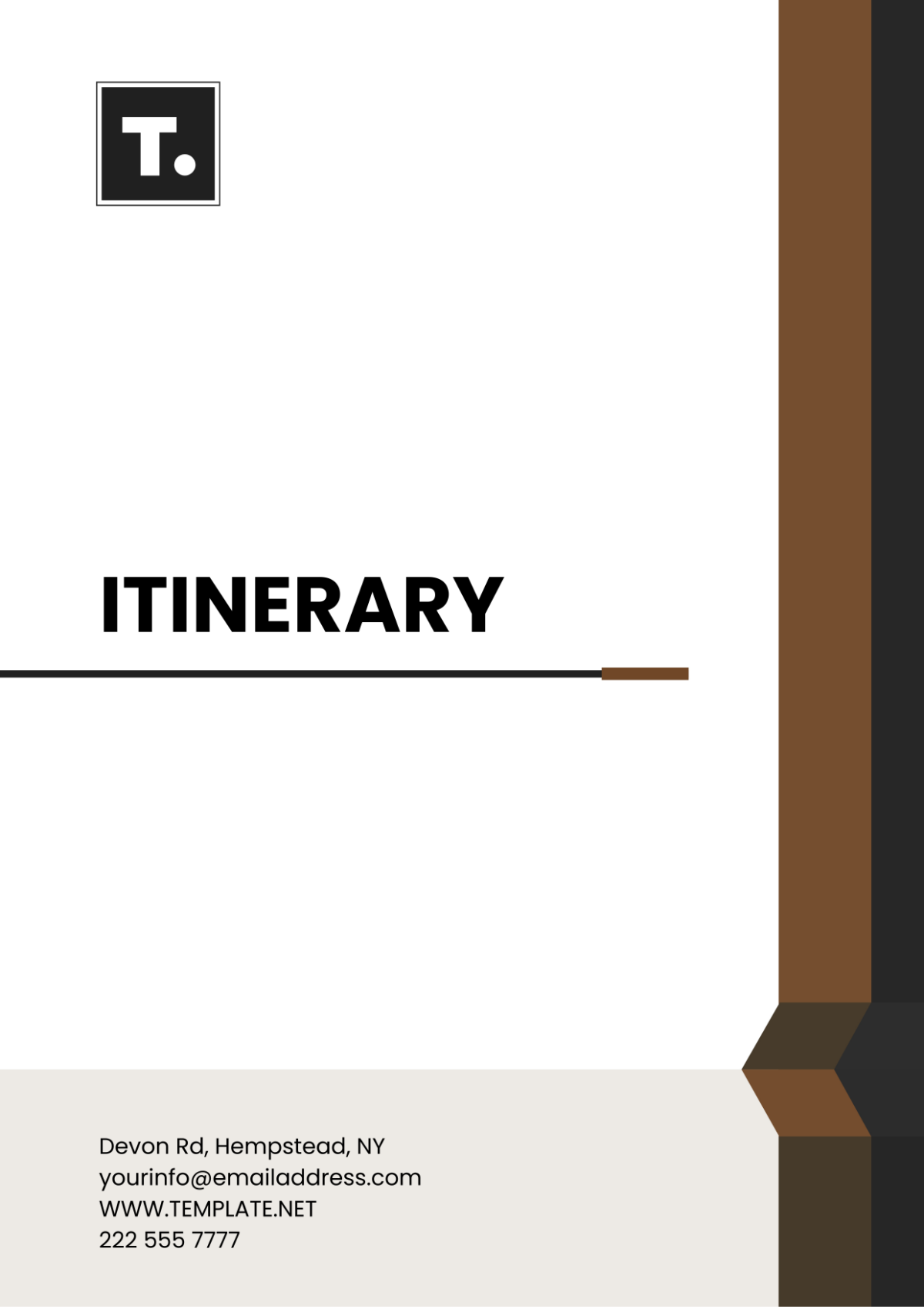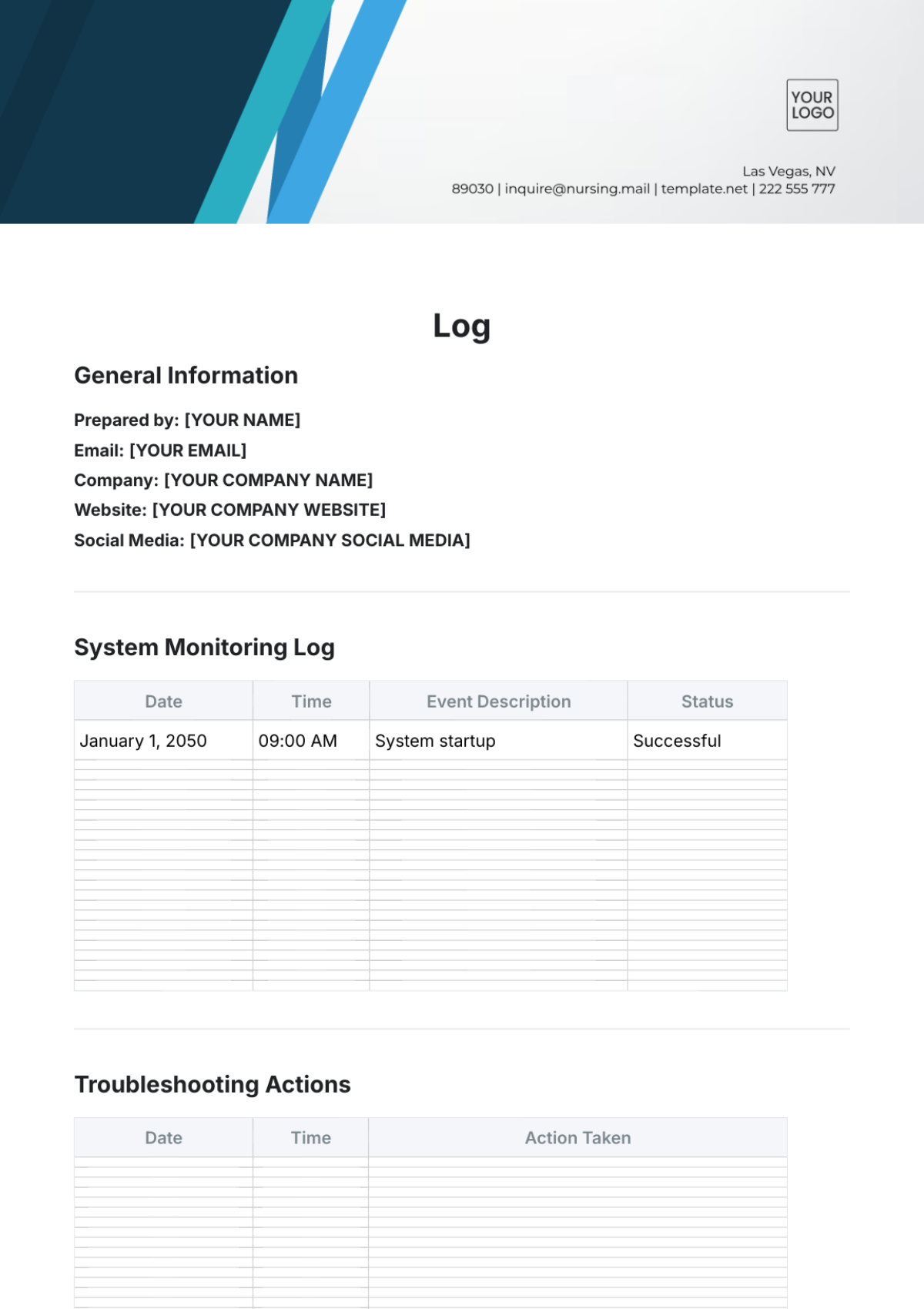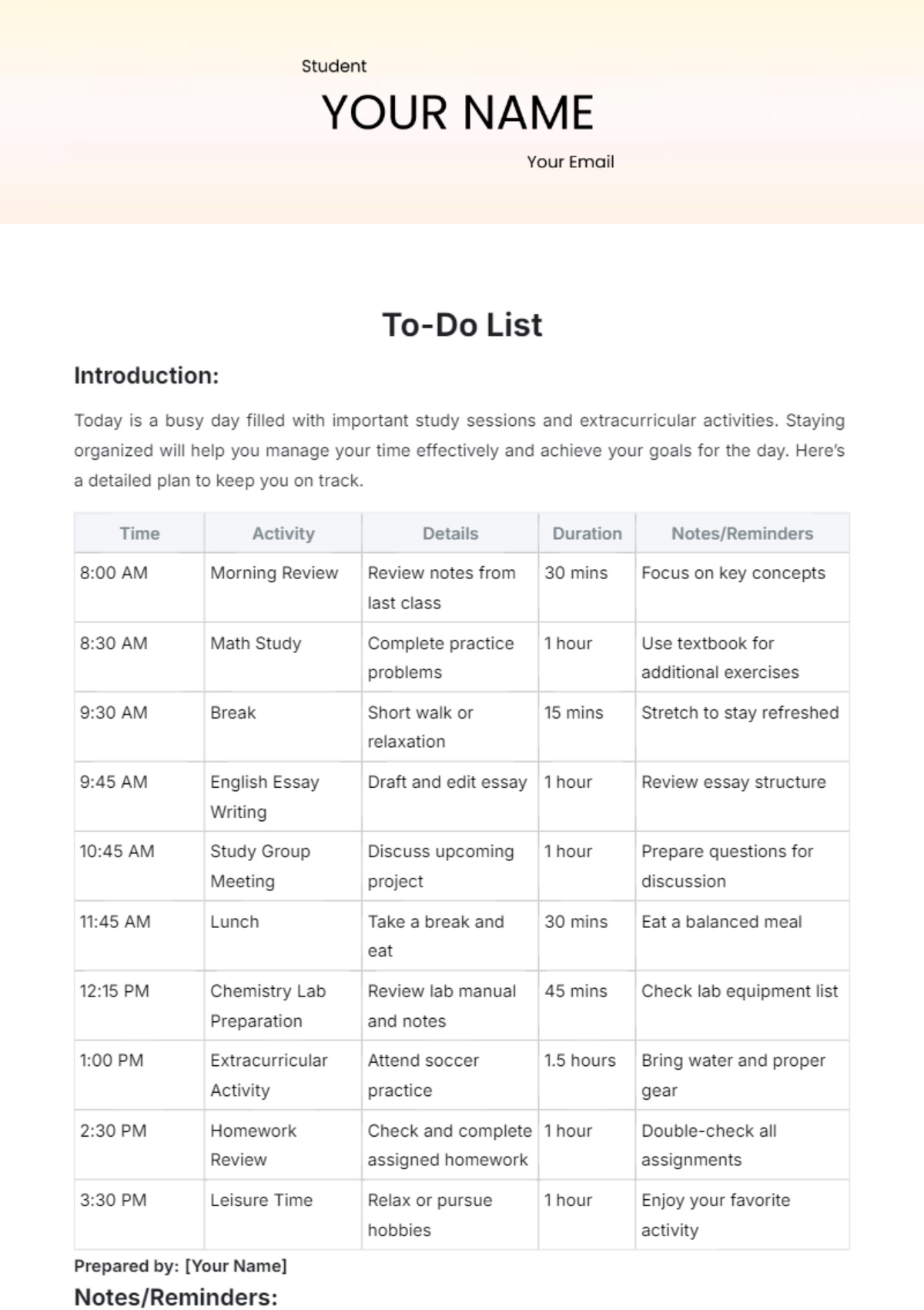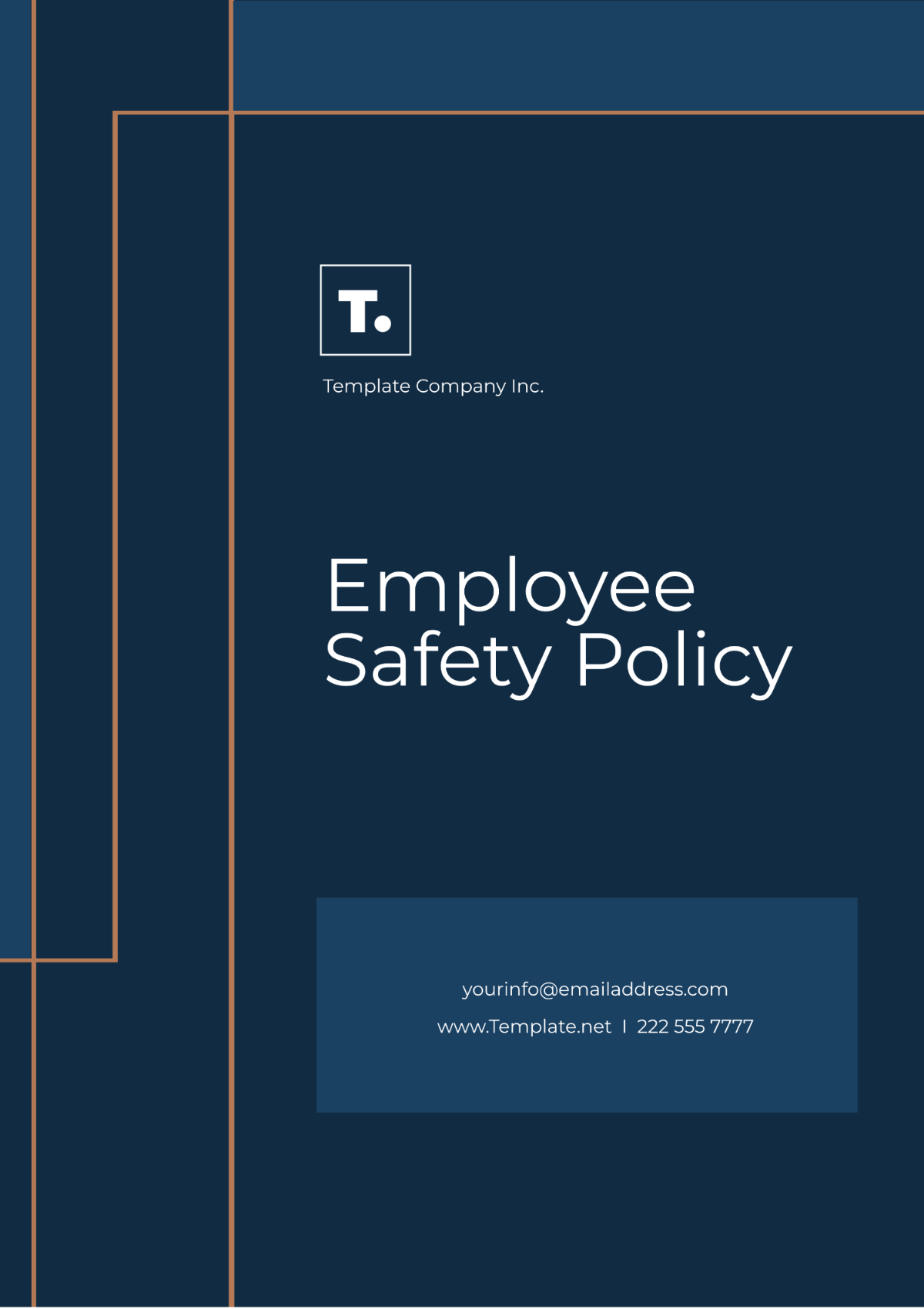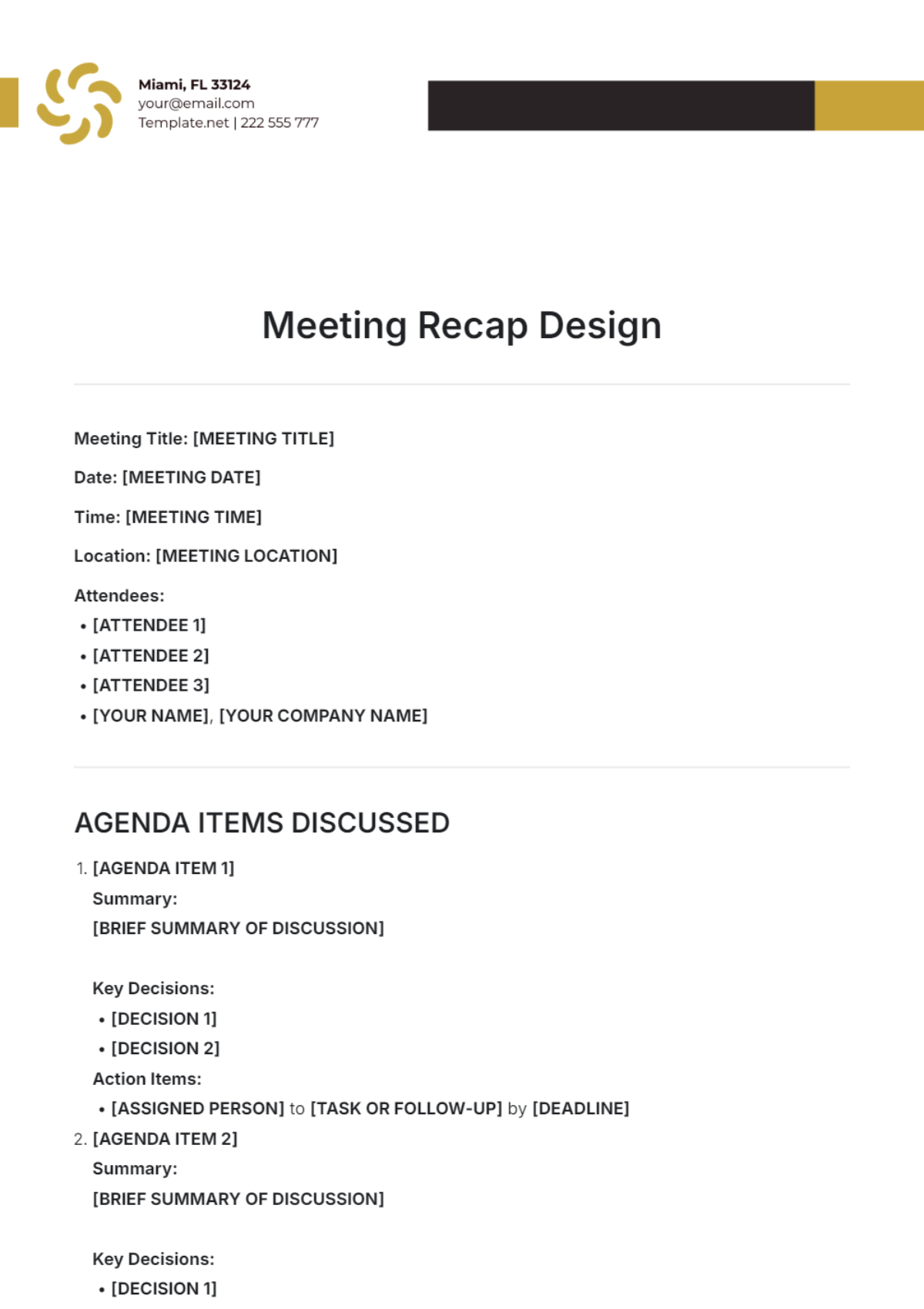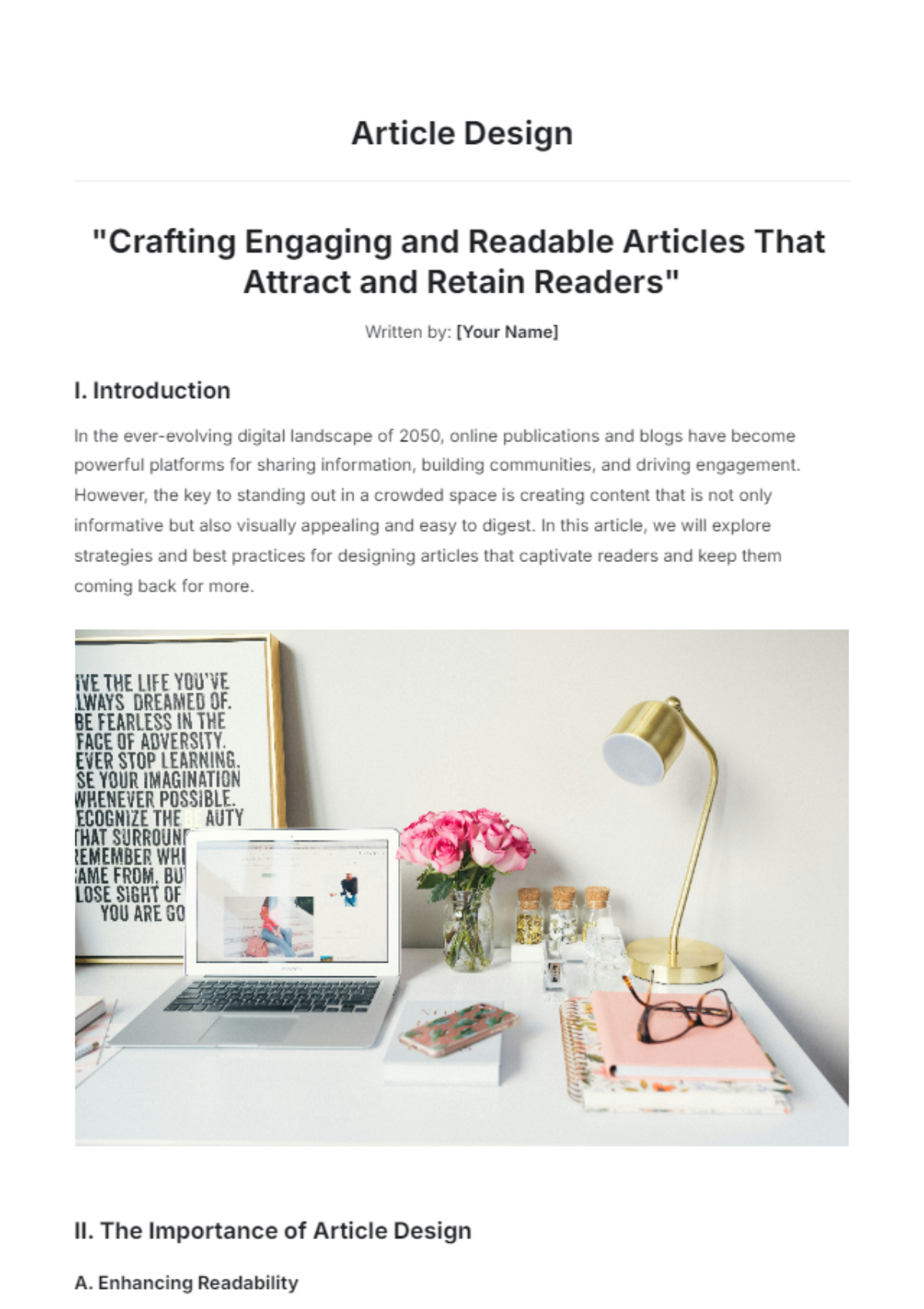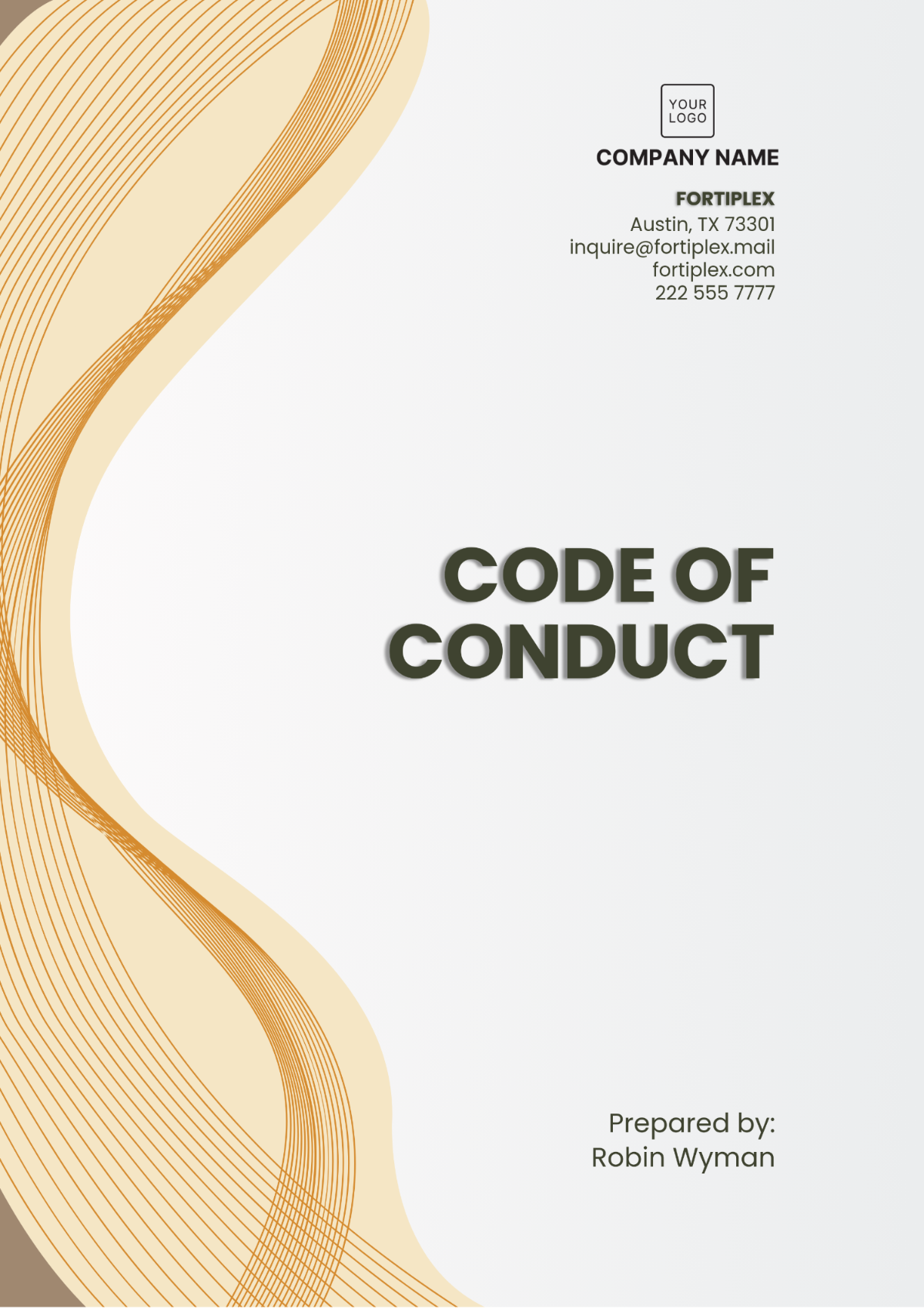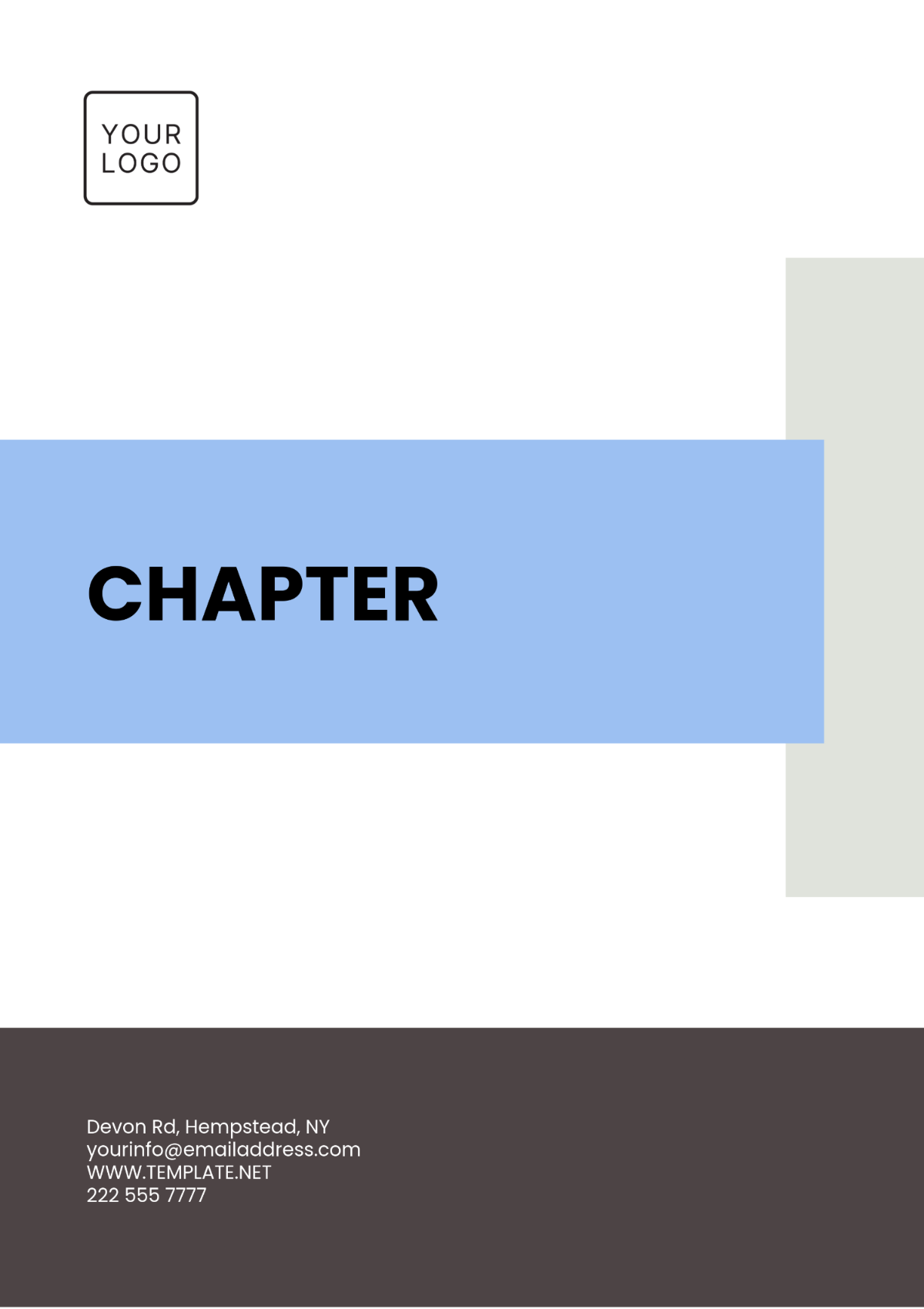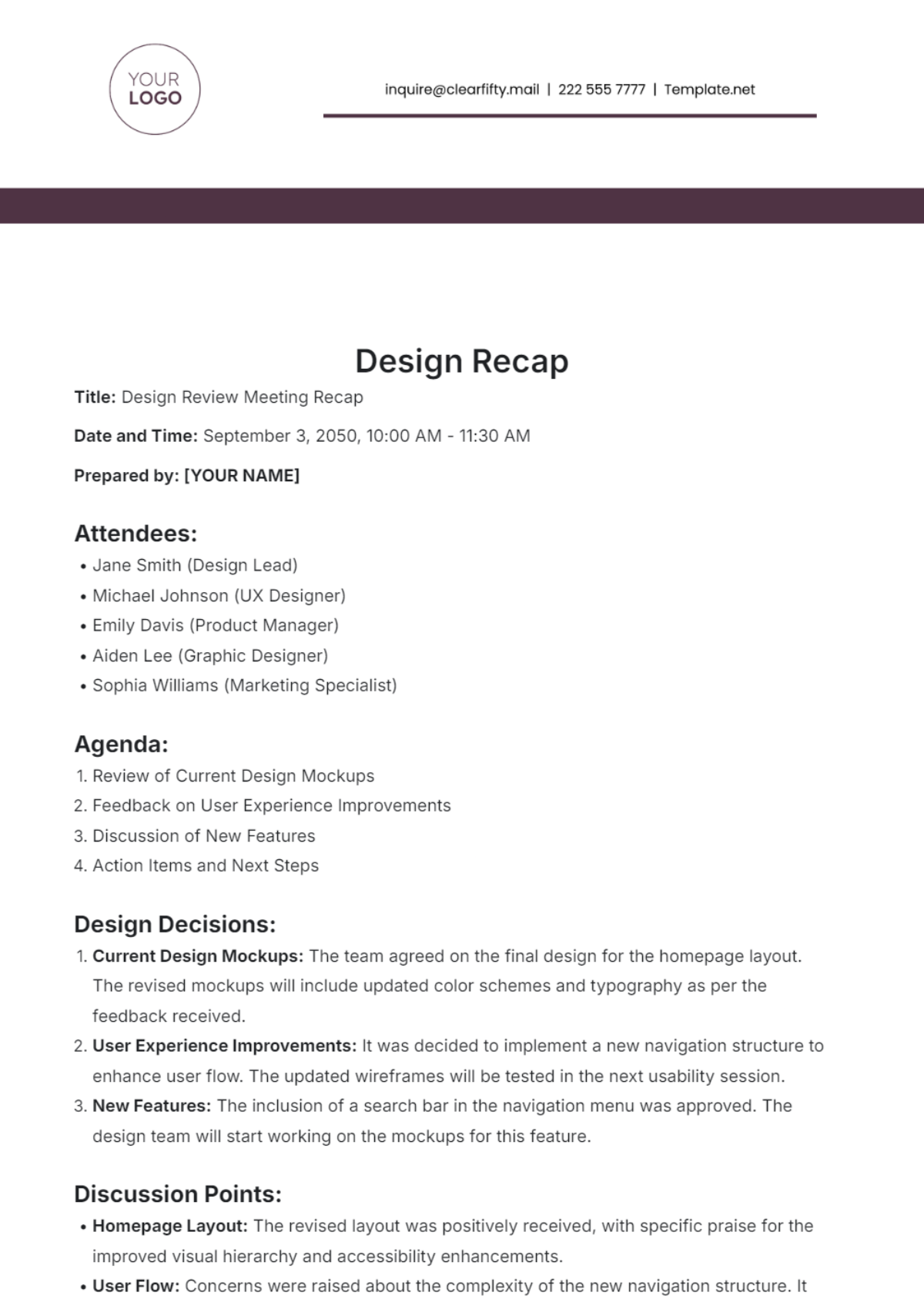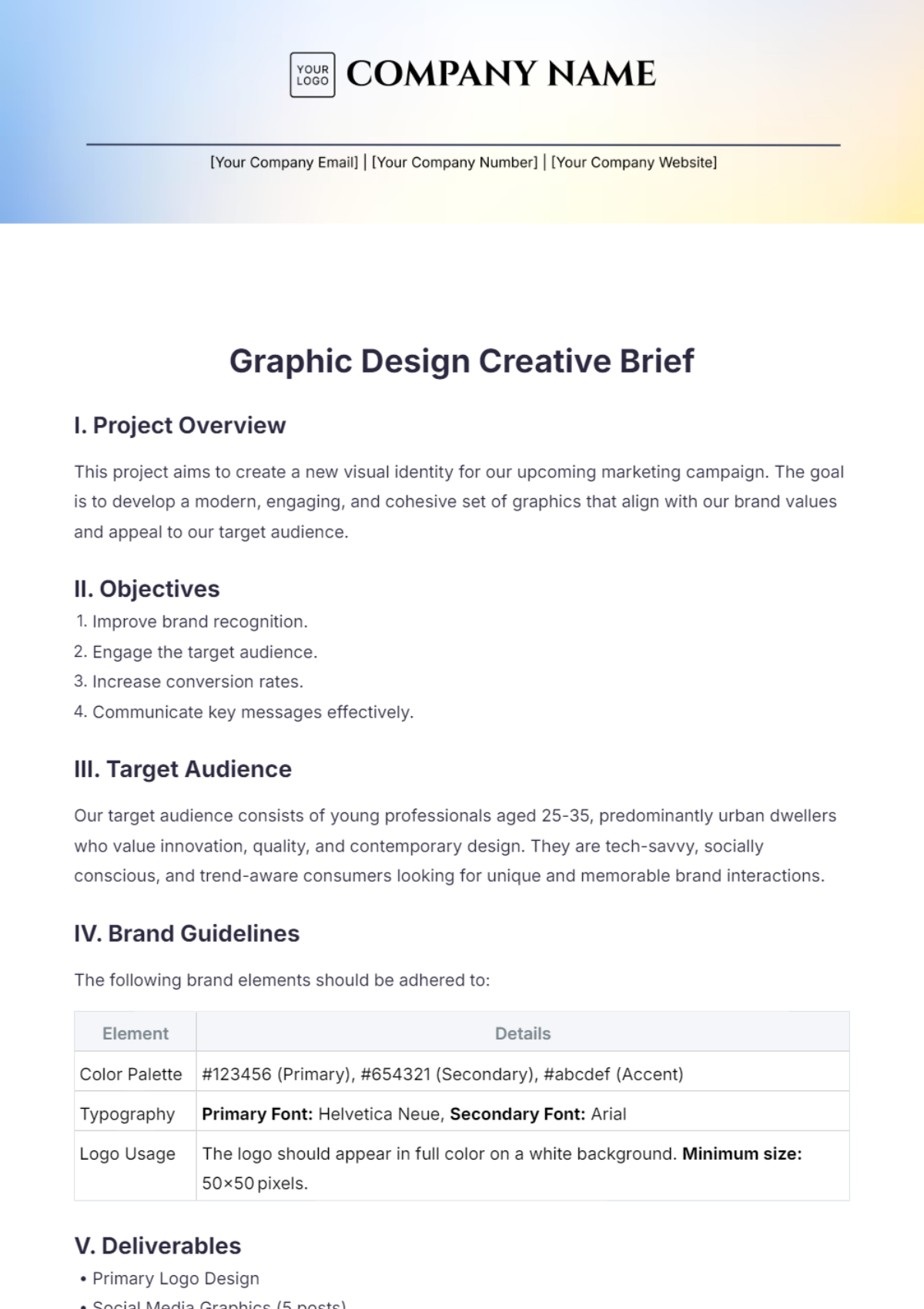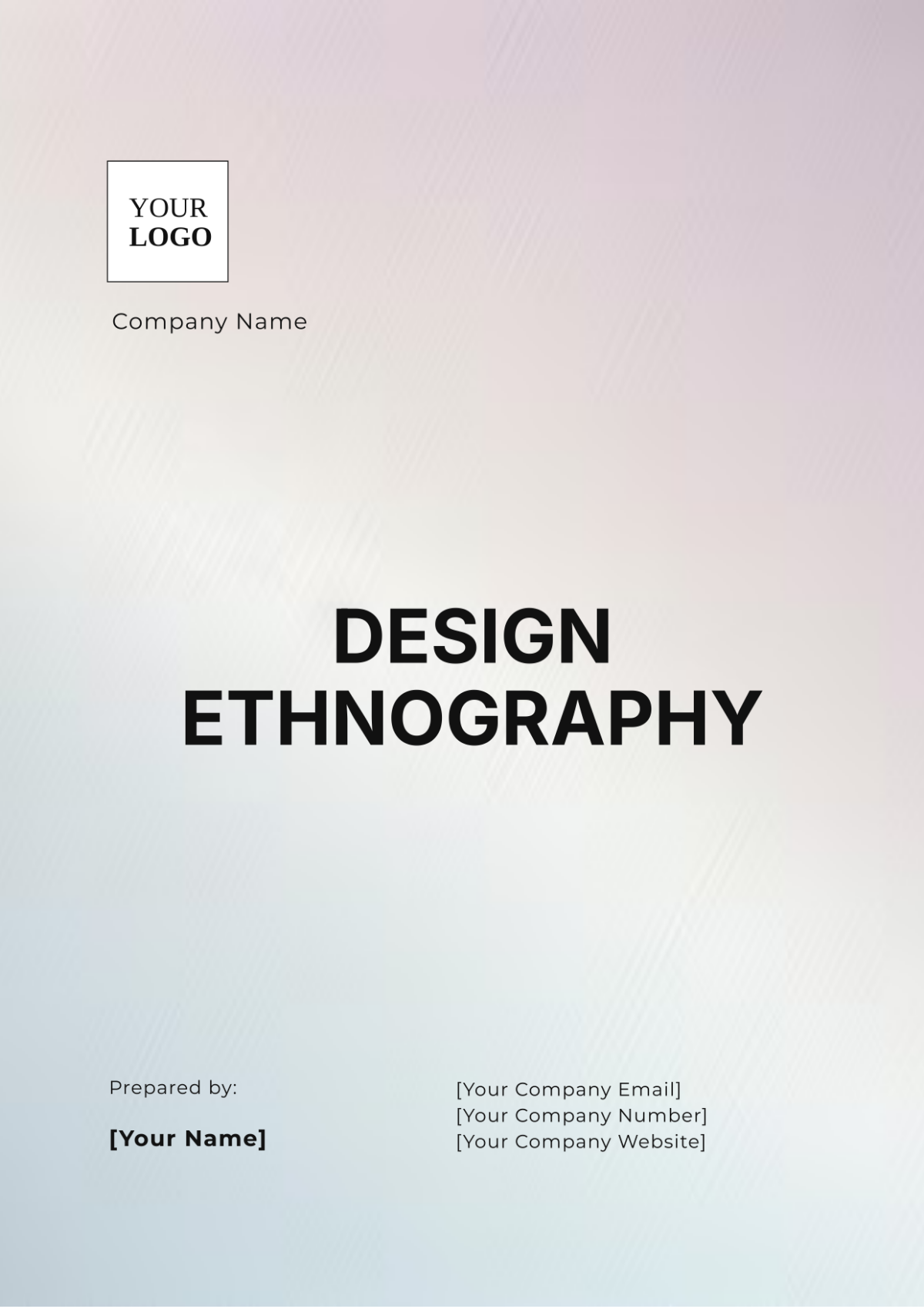Free Article Design Template
Article Design
"Crafting Engaging and Readable Articles That Attract and Retain Readers"
Written by: [Your Name]
I. Introduction
In the ever-evolving digital landscape of 2050, online publications and blogs have become powerful platforms for sharing information, building communities, and driving engagement. However, the key to standing out in a crowded space is creating content that is not only informative but also visually appealing and easy to digest. In this article, we will explore strategies and best practices for designing articles that captivate readers and keep them coming back for more.
II. The Importance of Article Design
A. Enhancing Readability
A well-designed article can significantly improve readability, making it easier for your audience to absorb and retain information. Key factors that contribute to readability include:
Clear Structure: Organize content with headings, subheadings, and bullet points to break down complex information.
Font Selection: Use a legible font type and size to reduce strain on the reader’s eyes.
White Space: Incorporate adequate white space to avoid overwhelming readers with dense blocks of text.
B. Boosting Engagement
Engaging article design not only attracts readers but also encourages them to interact with your content. Consider the following elements to enhance engagement:
Interactive Elements: Include polls, quizzes, or embedded videos to make the article more interactive.
Visuals: Use high-quality images, infographics, and charts to illustrate key points and break up text.
Call to Action (CTA): End with a compelling CTA that prompts readers to comment, share, or subscribe.
C. Improving SEO Performance
An effectively designed article can also improve your website's SEO rankings by:
Optimizing for Mobile Devices: Ensure the article is responsive and performs well on all screen sizes.
Keyword Placement: Strategically place keywords in headings, subheadings, and throughout the text to boost search engine visibility.
Load Speed: Optimize images and reduce file sizes to ensure the article loads quickly, which is crucial for SEO.
III. Best Practices for Designing Online Articles
A. Structuring Your Content
To maximize the impact of your article, follow these best practices for content structure:
Introduction: Clearly introduce the topic and provide an overview of what the reader can expect.
Main Body: Divide the content into sections with informative headings, ensuring each section flows logically into the next.
Conclusion: Summarize the key points and reinforce the main message of the article.
B. Visual Design Tips
When it comes to visual design, the following tips can help you create an attractive and user-friendly article:
Color Scheme: Choose a color scheme that aligns with your brand and is visually pleasing.
Typography: Maintain consistency in font types and sizes to create a cohesive look.
Image Placement: Place images strategically to complement the text and enhance understanding.
C. Interactive Features
Incorporating interactive features can make your article more dynamic and engaging. Consider adding:
Quizzes: Encourage readers to test their knowledge with embedded quizzes.
Surveys: Collect feedback or opinions through simple surveys.
Comment Sections: Foster community interaction by allowing readers to comment and discuss the article.
IV. Conclusion
In 2050, the success of online publications and blogs hinges on the ability to create articles that are not only informative but also visually engaging and reader-friendly. By applying the strategies outlined in this guide, you can design articles that attract a broader audience, improve engagement, and enhance your site's SEO performance. Remember, a well-designed article is more than just text on a page—it's a powerful tool for communication and connection.
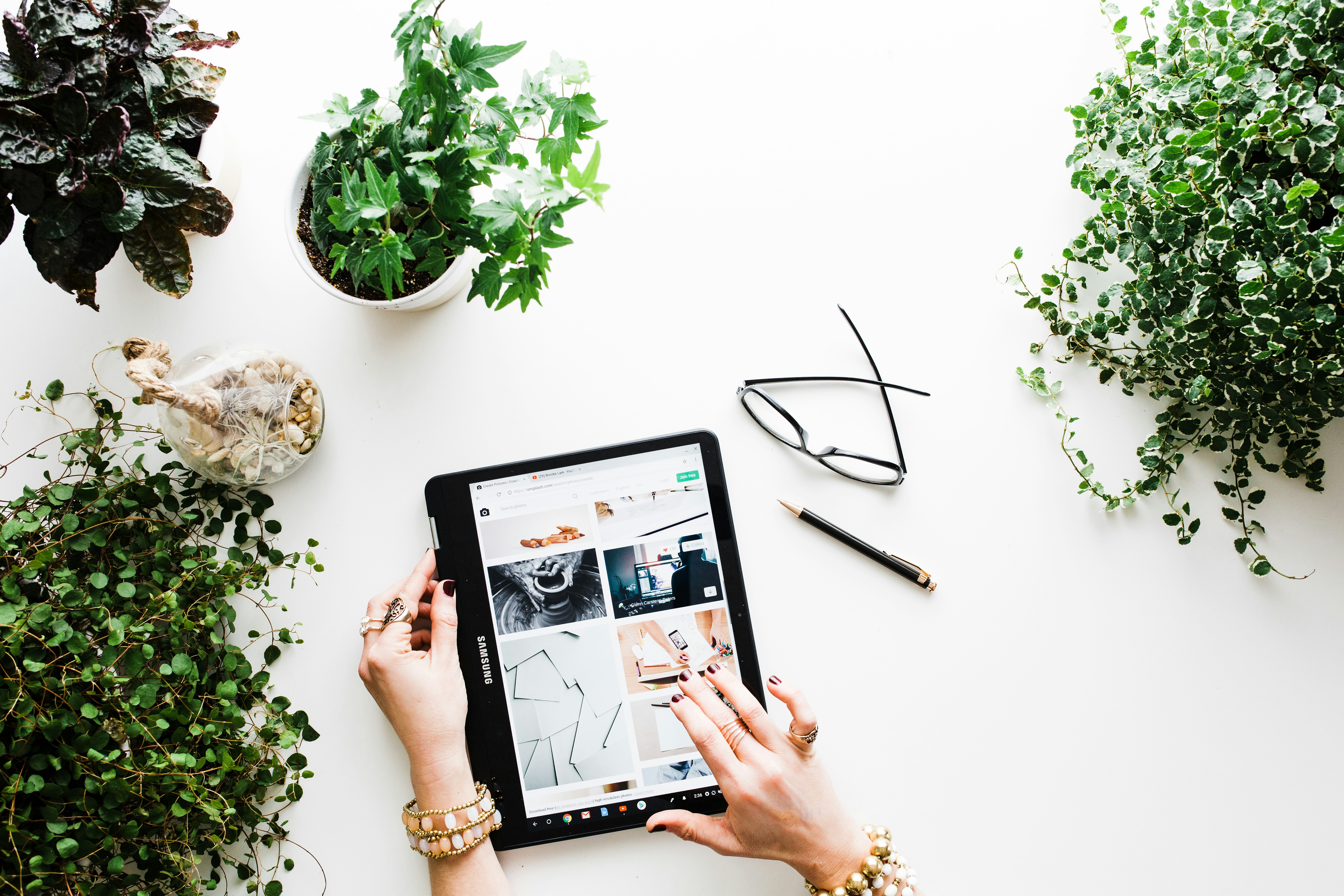
Call to Action:
Are you ready to elevate your online content? Start applying these design principles to your next article and watch your readership grow! Don’t forget to share your experiences in the comments below or subscribe to our newsletter for more expert tips.
Table of Key Design Elements
Element | Description | Importance |
|---|---|---|
Structure | Clear headings, subheadings, and bullet points | High |
Font Selection | Legible fonts that enhance readability | High |
White Space | Adequate spacing to avoid text overload | Medium |
Interactive Elements | Polls, quizzes, and videos to engage readers | High |
Visuals | High-quality images and infographics | Medium |
Mobile Optimization | Ensuring articles are responsive across all devices | High |
Load Speed | Optimizing images for faster page loading | High |
Checklist for Article Design:
Structure content with clear headings and subheadings.
Use a consistent and legible font type and size.
Include white space to improve readability.
Add interactive elements like quizzes or polls.
Incorporate high-quality visuals.
Optimize the article for mobile devices.
Ensure fast load speeds by optimizing images.
